Article: How to Heal Horse Arthritis Naturally: Cash's Story

How to Heal Horse Arthritis Naturally: Cash's Story
From Broken Down to Thriving: How One Rescue Horse Taught Us to Heal Arthritis Naturally
When we first met Cash on his way to auction—and likely slaughter—in 2012, the veterinarian's prognosis was grim. At 16 years old, this registered American Paint horse was chronically lame, his joints audibly clicking and popping with each painful step. His fetlocks were terribly affected, and his hocks were so damaged they were nearly fused. "He'll likely never be completely sound again," the vet told us. "At best, maybe some light trail riding."
We saw something different in Cash's eyes. A spark. A quiet determination that said he still had more life to give if someone would just give him a chance.
What we didn't know then was that Cash would become our greatest teacher. Over the next 14 years, this broken-down former 4H catch-all horse would show us how to effectively treat arthritis in horses using an entirely holistic and natural approach. His journey from barely able to walk to trotting joyfully around the pasture at age 30 revealed insights that have since helped hundreds of horses living with joint pain and inflammation.
This is Cash's story. More importantly, this is what he taught us about giving arthritic horses not just temporary relief, but genuine healing and quality of life.

Table of Contents
Click below to jump to that section in the article.
- Cash's Early Years: How a Giving Heart Led to Broken Joints
- What Causes Arthritis in Horses?
- Cash Arrives at the Farm: The Conventional Approach Begins
- How Do You Treat Arthritis in Horses? The Pharmaceutical Spiral
- What We Learned: The First Breakthrough
- Can Horses Be Ridden With Arthritis? Understanding the Seasonal Pattern
- The Final Breakthrough: The Complete Natural Anti-Inflammatory Protocol
- Should I Exercise a Horse With Arthritis?
- Can Arthritis Make a Horse Lame? What Are the Signs?
- What Can I Give My Horse Instead of Bute? Natural Pain Management
- What Is the Best Thing for a Horse With Arthritis? The Anti-Inflammatory Diet
- Cash's Final Chapter: A Life Well-Lived
-
Frequently Asked Questions About Arthritis in Horses
- What is the fastest way to treat arthritis in horses?
- Can you reverse arthritis in horses?
- What is the new treatment for arthritis in horses?
- How long does it take for arthritis supplements to work in horses?
- Can arthritis in horses be managed without drugs?
- What should I feed a horse with arthritis?
- Is exercise good or bad for horses with arthritis?
- Should I retire my arthritic horse?
- What's the difference between arthritis supplements and joint supplements?
- Can young horses get arthritis?
- Take the Next Step: Supporting Your Horse's Journey to Comfort
- References
Cash's Early Years: How a Giving Heart Led to Broken Joints
For 16 years, Cash served as the ultimate utility horse for a 4H riding club. He was available to any young rider who didn't have a horse of their own—a noble calling that meant being ridden hard in various disciplines with no one looking out for his long-term health.
Cash was used heavily for show jumping, a high-impact discipline that's thrilling for young riders but brutal on equine joints. When he finally broke down and became chronically lame from jumping, someone decided to retrain him as a barrel racing horse. This lasted only a few months before Cash was so injury-prone and consistently lame that he was relinquished to auction.
Beyond basic commercial feed and hay, Cash received no additional support or nutritional care during these formative years. His body was asked to perform at high levels without the building blocks needed for repair and recovery. It's a story we see repeated far too often in the equine world.
What Causes Arthritis in Horses?
Understanding why Cash developed such severe arthritis requires looking at the complex interplay of factors that lead to joint breakdown in horses. Arthritis isn't just one disease—it's a inflammatory response with multiple potential triggers.

The Root Causes of Equine Arthritis
Research identifies several primary pathways to arthritis development in horses:
Wear and Tear (Osteoarthritis): Overuse and excessive exercise without proper nutrition, rest, and recovery can lead to progressive joint damage. Studies show that high-impact activities like jumping and racing significantly increase the risk of degenerative joint disease, particularly when performed repeatedly during a horse's developmental years (McIlwraith, 2005).
Immune System Dysfunction: Inflammatory arthritis occurs when the horse's immune system malfunctions and attacks healthy structures like cartilage, bone, tendons, or ligaments. This autoimmune response creates chronic inflammation that destroys joint tissue over time.
Genetic Predisposition: Certain genetic factors can make some horses more susceptible to developing specific types of arthritis. Research on equine osteochondrosis suggests hereditary components play a significant role in cartilage development abnormalities (Jeffcott & Henson, 1998).
Infections: Bacterial or fungal joint infections (septic arthritis) can severely impair healthy joint function if not caught and treated quickly. Even after the infection clears, lasting damage may remain.
Metabolic Disorders: When horses suffer from conditions like Equine Metabolic Syndrome (EMS) or Cushing's disease, complications can arise in joints, tendons, and ligaments. These disorders also impair proper nutrient absorption, creating a cascade of problems (Frank et al., 2010).

What Role Do Environmental Factors Play in Horse Arthritis?
Environmental factors are by far the most common and influential source of inflammation in horses. These include:
- Pro-inflammatory diets high in sugars, starches, and contaminated feed ingredients
- Heavy metal toxicity from environmental exposure or contaminated feed
- Agricultural toxins like glyphosate and other herbicides
- Chronic stress from poor management practices
Environmental factors often form the foundation for many types of arthritis. A poor-quality diet lacking essential nutrients while carrying a high chemical and toxin burden prevents horses from absorbing nutrition properly. This compromises the body's ability to metabolize nutrients and carry out basic functions.
Here's a critical insight: Normal wear and tear only becomes problematic when a horse cannot build the right proteins to repair normal muscle damage and hoof stress caused by exercise. A contaminated, nutrient-deficient diet creates this vulnerability.
Low-quality feed also impairs the immune system, impedes healthy metabolic function, and stresses the horse's entire system. This makes horses more susceptible to infections and inflammatory responses.
The field of epigenetics has shown us that environmental factors directly influence gene expression. What your horse eats literally "turns on" or "turns off" genes related to inflammation, healing, and disease resistance (Friso & Choi, 2002). The importance of proper diet for horses with inflammation issues or arthritis cannot be overstated.
At its core, arthritis is a disease of chronic inflammation. Your horse's diet is either pro-inflammatory or anti-inflammatory. There is no neutral ground.
Want to learn more about hidden toxins in commercial horse feeds and how they contribute to inflammation and disease? Download our free e-book: Hidden Toxins: The Root Cause of Modern Equine Disease. This comprehensive guide reveals what's really in commercial feeds and supplements, and how these contaminants are making horses sick.

Cash Arrives at the Farm: The Conventional Approach Begins
When Cash arrived at our farm in 2012, the extent of his condition became heartbreakingly clear. His joints clicked and popped audibly when he walked. One hoof was a club foot, another completely flat and splayed out. He suffered from chronic laminitis and recurring abscesses. Beyond the arthritis, Cash clearly displayed signs of Equine Metabolic Syndrome (EMS).
We immediately changed his diet to what we thought was a good nutrition program at the time. This included:
- Safe Choice commercial feed
- Conventional vitamin and mineral supplements
- Commercial joint supplements
- Good quality hay
Cash was certainly happier on this program. We were doing what we thought was best with the knowledge we had.
But Cash's condition didn't actually improve much. His metabolic issues worsened. He began struggling to stand for the farrier. While he enjoyed occasional trail rides, we had to start using hoof boots just to keep him comfortable—which, as we now know, wasn't addressing the root problem.
How Do You Treat Arthritis in Horses? The Pharmaceutical Spiral
Watching Cash struggle despite our best conventional efforts was heartbreaking. We turned to what most horse owners turn to: pharmaceutical interventions.
We tried Equioxx (a COX-2 inhibitor NSAID) along with numerous other joint health supplements. We tried anything and everything we could find to bring him relief.
Cash would get better for a while, then worse again. He'd develop abscesses, we'd soak his feet, they'd go away, then return. We felt trapped in an inescapable cycle of temporary relief and regression—sometimes even seeing his condition worsen.
By this point, we couldn't pick up his front feet to trim them. Cash was so uncomfortable that we had to hammer and chisel his front hooves while he stood there, doing our best to maintain his feet.

What's Wrong with the Conventional Approach to Horse Arthritis?
Here's the fundamental problem: The conventional approach only addresses symptoms. It does not address root causes.
Standard veterinary treatment for arthritis typically includes:
- Rest and reduced activity
- NSAID drugs (Phenylbutazone/Bute, Equioxx, Banamine)
- Pain relievers
- Joint injections (corticosteroids, hyaluronic acid)
- Surgery in severe cases
While these modalities may offer temporary relief, they will never fix the underlying issue. If you don't address why your horse developed arthritis in the first place, it will continue to return—often getting progressively worse.
Research confirms that long-term NSAID use in horses carries significant risks, including gastric ulcers, right dorsal colitis, and kidney damage (MacAllister et al., 1993). We're trading temporary comfort for potential organ damage without addressing the inflammatory source.
What We Learned: The First Breakthrough
It was around this low point in Cash's journey that we first started experimenting with organic superfood supplements for horses. By this time, we had also transitioned him to a forage-based, clean diet.
Before introducing superfoods, we were feeding a forage-based diet supplemented with conventional vitamin and mineral supplements and commercial joint supplements. These synthetic powders and pellets make up the bulk of the "horse supplement" market.
It wasn't until we replaced those synthetic supplements with organic superfood supplements that Cash's health really began to turn around.
Black Cumin Seed Press Cake was the first superfood we introduced on the farm. We had such roaring success with that supplement that we wondered if we could provide an entirely organic, whole food supplement regimen for Cash and the rest of our herd.

Why Do Whole Food Supplements Work Better Than Synthetic?
The difference lies in bioavailability and synergy. Synthetic supplements typically have absorption rates between 40-60%, meaning more than half of what you're feeding is literally wasted (Biesalski et al., 2000). They're expelled as expensive urine and manure.
Whole food supplements contain nutrients in their natural matrix with cofactors, enzymes, and phytonutrients that work synergistically. This dramatically improves absorption and utilization. Additionally, organic superfoods provide powerful phytonutrients that aren't present in synthetic formulations—compounds that supercharge the body's natural healing abilities.
Over about a year, we phased out all synthetic supplements and replaced them with organic, whole food superfoods. Cash began thriving in a way he never had before on our farm. He still wasn't completely sound, but we were seeing real progress that the conventional program couldn't deliver.
His metabolic condition was first to resolve. We no longer considered him in danger from EMS. His feet were still challenging but improving. His arthritis showed improvement, though he still had good days and bad days.
Can Horses Be Ridden With Arthritis? Understanding the Seasonal Pattern
We noticed something interesting: Every spring when we would detox Cash using our herbal detoxification protocol, he would improve significantly. But by fall, he would decline again.
This pattern taught us something crucial about inflammation and toxin accumulation.
What Causes Arthritis Flare-Ups in Horses?
Arthritis flare-ups often correlate with toxin buildup in the body. Environmental toxins, heavy metals, and metabolic waste products accumulate over time, increasing systemic inflammation. When inflammation rises past a threshold, arthritis symptoms worsen (Vaillancourt & Johnson, 2021).
Spring detoxification would reduce Cash's toxic burden, lowering overall inflammation and providing relief. But without addressing the ongoing sources of toxicity and inflammation, his system would gradually accumulate stress again by fall.
This insight revealed that we needed more than seasonal intervention. We needed a year-round anti-inflammatory approach.

The Final Breakthrough: The Complete Natural Anti-Inflammatory Protocol
Cash's complete transformation didn't happen until we removed all synthetic joint supplements and implemented what we now call our Equine Anti-Inflammatory and Arthritis Support Protocol.
This was the turning point. Cash finally thrived year-round. We no longer needed pharmaceuticals, synthetic joint supplements, or anything else. He could stand comfortably for the farrier and pick up all his feet—which now looked amazing. He trotted around the pasture with his herd mates, ran to the barn at feeding time, and had that unmistakable light in his eyes that said he was genuinely happy.
What Is the Best Natural Anti-Inflammatory for Horses?
Rather than one "best" ingredient, effective natural inflammation management requires a comprehensive, multi-faceted approach. Here's what transformed Cash's life:
View the Equine Anti-Inflammatory and Arthritis Support Bundle
Organic Black Cumin Seed Press Cake
Black Cumin Seed (Nigella sativa) is a powerhouse anti-inflammatory superfood. It's rich in vitamins, minerals, proteins, healthy fats, and fiber, but the real magic lies in its phytonutrients.
Three primary bioactive compounds make black cumin seed exceptional:
- Thymoquinone
- Thymohydroquinone
- Thymal
Thymoquinone is the most prevalent and most studied. Research demonstrates that thymoquinone exhibits powerful anti-inflammatory, antioxidant, anti-bacterial, anti-parasitic, and immune-modulating properties (Ahmad et al., 2013). Studies show it can suppress inflammatory pathways including NF-κB and reduce production of pro-inflammatory cytokines (Umar et al., 2012).
For arthritic horses, black cumin seed's benefits include:
- Reducing systemic inflammation
- Supporting natural detoxification (toxin buildup is a major contributor to inflammation)
- Promoting gut health (essential for nutrient absorption and immune function)
Our press cake formulation preserves the whole food matrix while remaining shelf-stable, ensuring horses receive all the benefits without rancidity or degradation.
Want to learn about all of the benefits of Black Cumin Seed Press Cake for horses? Check out our education library! Popular articles include:
Can Horses Eat Black Cumin Seeds?
Top 10 Things to Know About Black Cumin Seeds (Nigella sativa) for Horses
Organic Flax Seed Press Cake
Flax is well-known for omega-3 fatty acids, but most flax supplements for horses fall short. Flax oils are poorly absorbed by horses (who lack a gallbladder), and pre-ground flax quickly oxidizes, losing potency and potentially becoming harmful.
Our patented press cake process creates a shelf-stable, whole food supplement that delivers:
- Highly absorbable omega-3 fatty acids (ALA)
- Anti-inflammatory lignans
- High-quality fiber for gut health
The omega-3 fatty acids in flax help modulate inflammatory pathways. Research shows that omega-3 supplementation reduces inflammatory markers and can improve joint pain and mobility in horses (O'Connor et al., 2004).
When our flax cake encounters liquid in the GI tract, it blossoms into a gelatinous substance that helps trap and safely remove debris—dirt, sand, gravel, and foreign material. This gut-cleansing property is crucial because gut health is foundational for managing inflammation.
Organic Copper Balance
Copper and zinc are essential minerals for cartilage production, tendon and ligament health, bone remodeling, and healthy synovial fluid production. Both minerals are required for proper collagen synthesis—the primary structural protein in connective tissue (Yazar et al., 2005).
The challenge is that copper and zinc compete for absorption. High zinc levels (naturally present in our seed cakes) can push copper out. We created our Copper Balance supplement using organic, amino acid chelated copper for superior absorption, perfectly balanced to complement the zinc in our seed-based supplements.
Copper deficiency has been linked to developmental orthopedic disease and weak connective tissue in horses (Knight et al., 1990). Ensuring proper copper levels is essential for horses healing from or managing arthritis.
Organic Rosehips
Rosehips are an inflammation and pain management superhero. These small fruits are naturally high in vitamin C, polyphenols, bioflavonoids, and other bioactive compounds.
Clinical research demonstrates that rosehip supplementation reduces pain and improves joint function in arthritis patients. A study in humans showed that rosehip powder reduced pain scores and improved mobility in osteoarthritis patients, with researchers attributing benefits to galactolipids with anti-inflammatory properties (Christensen et al., 2008).
Rosehips support:
- Healthy joint function
- Pain reduction
- Healthy cartilage formation
- Overall inflammation management
Our organic, cut and sifted rosehips are minimally processed, preserving the whole food matrix and ensuring maximum potency and absorption.
MSM (Methylsulfonylmethane)
MSM has stood the test of time as a safe, effective joint supplement. This organic sulfur compound helps:
- Soothe achy joints
- Improve circulation and nutrient absorption
- Reduce pain and inflammation
- Support connective tissue health
Research shows MSM has anti-inflammatory effects and can reduce oxidative stress. A study demonstrated that MSM supplementation reduced inflammatory markers and improved antioxidant capacity (Kim et al., 2006).
The key with MSM is using pure, high-quality MSM without unnecessary additives commonly found in commercial joint formulas.
Nutri-Sil (Bioavailable Silica)
Silica is essential for forming strong laminar bonds in horse hooves, as well as healthy cartilage production, collagen synthesis, and strong tendons and ligaments.
Modern agricultural practices have depleted bioavailable silica in our soils. Plants can no longer access or absorb adequate silica, creating widespread deficiency. Supplementing with highly bioavailable silica like Nutri-Sil can make a significant difference for horses with hoof issues, joint dysfunction, and inflammatory conditions (Price et al., 2013).
Boron
Boron is another essential trace mineral depleted from modern soils. It serves many functions related to joint health:
- Proper metabolism and synthesis of phosphorus, magnesium, and calcium
- These minerals are critical for bone, tendon, ligament, and joint health
- Normalizes hormone production
- Boosts antioxidant activity
- Supports anti-inflammatory processes (Nielsen, 2008)
We recommend making your own boron solution using food-grade borax (sodium tetraborate):
- Dissolve 3 rounded tablespoons of unscented, 100% sodium borate borax in 1 gallon of water
- Once fully dissolved, top-dress 1 oz (30ml) daily
- This provides approximately 67mg of boron per dose
Pro tip: Start with ½ gallon of warm water to dissolve the borax faster, then add ½ gallon of room temperature water.
View the Equine Anti-Inflammatory and Arthritis Support Bundle
Should I Exercise a Horse With Arthritis?
As Cash improved on his new protocol, a beautiful transformation occurred. He began moving more freely, clearly wanting to engage with his environment and herd mates.
Appropriate exercise is actually beneficial for arthritic horses. Movement promotes:
- Synovial fluid circulation (lubricates joints)
- Maintains muscle mass supporting joints
- Prevents stiffening
- Maintains range of motion
- Promotes cardiovascular health
The key is matching exercise intensity to your horse's current comfort level. Cash showed us what "appropriate" means—when his inflammation was under control and his joints were properly supported with nutrition, he self-selected more activity.
Research supports that controlled exercise can improve outcomes for horses with osteoarthritis by maintaining joint mobility and preventing muscle atrophy (Frisbie et al., 2009).
Listen to your horse. Start with hand-walking or turnout in small areas. As inflammation decreases and comfort increases, horses naturally begin moving more.

Can Arthritis Make a Horse Lame? What Are the Signs?
Absolutely. Arthritis is one of the leading causes of lameness in horses. Recognizing the signs early allows for earlier intervention and better outcomes.
How to Tell If a Horse Has Arthritis
Common signs include:
Obvious lameness or stiffness, especially when:
- Starting movement after rest (worse in the morning)
- Working in circles or on hard ground
- Cold weather or damp conditions
Behavioral changes:
- Reluctance to work
- Difficulty with specific movements (backing up, going downhill, turning)
- Resistance under saddle
- Changes in attitude or temperament
Visible joint changes:
- Swelling or heat in joints
- Thickening of joint capsules
- Reduced range of motion
Postural changes:
- Shifting weight off affected limbs
- Uneven stance
- Abnormal hoof wear patterns
Audible joint sounds: Clicking, popping, or grinding (like Cash experienced)
Performance decline: Reduced willingness or ability to perform previously easy tasks
If you notice any of these signs, consult with your veterinarian to properly diagnose the issue. Early intervention—especially with nutrition and management changes—can significantly impact long-term outcomes.
What Can I Give My Horse Instead of Bute? Natural Pain Management
The protocol we've described represents a comprehensive alternative to pharmaceutical management. But there are additional modalities that can provide significant relief.

PEMF, Red Light Therapy, and Cold Laser: Biophysics Therapies for Horses
Cash taught us something wonderful about PEMF (Pulsed Electromagnetic Field) therapy. Whenever he saw us walking to the barn with our PEMF device, he would push to the front of the line and insist we treat him first.
The look of pure relief on his face—eyes fluttering shut, head dropping toward the ground during sessions—made it crystal clear these treatments helped him feel good.
Biophysics therapies like PEMF, red light therapy, and cold lasers can offer significant improvement in overall health and wellbeing. These technologies are especially helpful for pain, inflammation, and soft tissue injuries.
Research on PEMF therapy shows it can:
- Reduce inflammation
- Improve circulation
- Accelerate tissue healing
- Provide pain relief
- Enhance cellular function (Cheing & Li, 2002)
Important caveat: This field is filled with devices and companies that don't deliver as promised. High-quality biophysics devices in skilled operators' hands can produce spectacular results. Low-quality devices or unskilled operators will likely just waste your money.
Don't be fooled by "miracle devices" costing just a few hundred dollars. Don't be drawn in by therapists who promise the moon but can't validate claims with results, testimonials, and research.
Seek out practitioners with:
- Professional training and certification
- High-quality, proven equipment
- Demonstrated results with references
- Understanding of equine anatomy and physiology
What Is the Best Thing for a Horse With Arthritis? The Anti-Inflammatory Diet
While supplements are crucial, they cannot overcome a poor diet. Cash's transformation required both removing harmful dietary elements AND adding powerful healing compounds.

The Foundation: A Forage-Based, Anti-Inflammatory Diet
Here's the feeding program that transformed Cash and that we now use for our entire herd:
High-Quality, Clean Hay
- Source hay grown without glyphosate (ask your supplier directly)
- Use variety when possible
- Match hay type to your horse's needs (avoid high-protein alfalfa for easy-keepers or metabolic horses)
- Quality over quantity—clean hay is essential
We feed our herd alfalfa and teff hay in the Pacific Northwest where clean hay is more readily available.
Pure Hay Pellets or Cubes
- Find pellets that are ONLY hay—nothing added
- Ideally different from your hay flakes (adds variety)
- We use Standlee Orchard Grass Hay Pellets since our horses get alfalfa and teff hay
Fat Source for Extra Calories: CoolStance Copra
- Clean, low-starch, low-sugar, low-NSC feed
- Superior to beet pulp and rice bran (which are now heavily contaminated with glyphosate)
- Available from SmartPak and Chewy with free shipping
- Only needed if your horse requires additional calories or healthy fat
These three components (hay, hay pellets, fat source) make up the base diet providing all energy and calorie needs. Adjust quantities based on your horse's individual requirements.
Why Commercial Feeds Are Pro-Inflammatory
Commercial horse feeds, complete feeds, grains, and most conventional supplements are:
- Highly contaminated: With glyphosate, heavy metals, mycotoxins, and other agricultural chemicals
- Pro-inflammatory: High in sugars, starches, and damaged fats that trigger inflammatory pathways
- Nutrient-depleted: Processing destroys naturally occurring vitamins and enzymes
- Loaded with synthetic additives: Artificial vitamins, minerals, colors, flavors, and preservatives
Research shows that diets high in refined carbohydrates and damaged fats promote inflammatory responses, while diets rich in whole foods and omega-3 fatty acids reduce inflammation (Giugliano et al., 2006).
For an arthritic horse, every meal is either feeding inflammation or fighting it. There is no neutral ground.
If you want to take a deeper dive into why commercial feeds and conventional supplements are so problematic, download our free comprehensive guide: Hidden Toxins: The Root Cause of Modern Equine Disease. You'll discover exactly what's hiding in your horse's feed and how to detox and protect your horse's health.
Cash's Final Chapter: A Life Well-Lived
We unfortunately lost Cash on September 18th, 2025, at the wise old age of 30 years and 4 months. A tumor ruptured in his hind gut. He went quickly without suffering. He was standing in the pasture waiting for breakfast at 6:40 AM, and by 7:20 AM when we came to feed, he was gone.
For a horse that veterinarians said would never be truly sound again, Cash defied all expectations. From age 16 to 30, he lived a pain-free, joyful life. He trotted around pastures. He played with his herd mates. He stood comfortably for the farrier. He radiated contentment and happiness.
But more than his physical transformation, Cash gave us an invaluable gift: He taught us how to help countless other horses struggling with arthritis and chronic pain.
His journey showed us that the body has a remarkable ability to heal when given the right support. Disease states only manifest when there are too many stresses and not enough health-promoting factors.
Think of it like a seesaw: On one side are harmful stressors (poor diet, toxins, emotional stress). On the other side are positive factors (good nutrition, appropriate exercise, supportive care). When the seesaw stays heavy on the stressor side, disease manifests. But remove some stressors and add healing resources, and that seesaw swings the other way. From there, the body has what it needs to repair, heal, and thrive.
Cash proved this truth every single day for 14 years.

Frequently Asked Questions About Arthritis in Horses
What is the fastest way to treat arthritis in horses?
There is no "fast" cure for arthritis. However, the fastest path to meaningful improvement involves simultaneously addressing root causes (removing pro-inflammatory factors) while providing powerful anti-inflammatory support through whole food nutrition. Most horses show initial improvements within 2-4 weeks, with continued progress over 3-6 months as the body heals. This is faster and more sustainable than pharmaceutical management alone, which only masks symptoms.
Can you reverse arthritis in horses?
While you cannot fully reverse structural damage already present, you can dramatically improve joint function, reduce inflammation, eliminate pain, and prevent further deterioration. We've seen horses like Cash go from severely lame to sound and active. The key is comprehensive nutritional support combined with removal of inflammatory triggers. The earlier you intervene, the better the potential outcomes.
What is the new treatment for arthritis in horses?
Rather than searching for one "new" treatment, the most effective approach combines ancient wisdom (whole food nutrition, herbal medicine) with modern understanding of inflammation and nutrient biochemistry. Regenerative therapies like PRP (platelet-rich plasma) and stem cell therapy show promise but are expensive and don't address underlying causes. A comprehensive natural protocol addresses root causes while supporting the body's innate healing abilities.
How long does it take for arthritis supplements to work in horses?
With high-quality, whole food supplements like those in our protocol, most horse owners notice improvements within 2-4 weeks. Significant changes typically occur within 2-3 months as inflammation decreases and the body repairs tissue. Full optimization may take 6-12 months. Unlike synthetic supplements with low absorption rates, organic superfood supplements provide immediately usable nutrition that creates faster results.
Can arthritis in horses be managed without drugs?
Yes. Cash is living proof. After years of pharmaceutical management that provided only temporary relief, he thrived completely drug-free for the last several years of his life using comprehensive nutritional support. Many horses can successfully manage or eliminate arthritis symptoms through diet changes, targeted supplementation, and supportive therapies like PEMF. Always work with your veterinarian when making changes to your horse's management plan.
What should I feed a horse with arthritis?
Feed a forage-based, anti-inflammatory diet consisting of clean hay (grown without glyphosate), pure hay pellets/cubes, and a healthy fat source like CoolStance Copra if needed. Eliminate commercial feeds, complete feeds, grains, and conventional supplements—these are pro-inflammatory. Add targeted whole food supplements rich in omega-3 fatty acids, antioxidants, minerals, and anti-inflammatory phytonutrients. The specific protocol we use includes organic black cumin seed, flax seed, rosehips, MSM, copper, boron, and bioavailable silica.
Is exercise good or bad for horses with arthritis?
Appropriate exercise is beneficial. Movement promotes synovial fluid circulation, maintains muscle mass, prevents stiffening, and maintains range of motion. The key is matching intensity to your horse's current comfort level. Start conservatively with hand-walking or small turnout areas. As inflammation decreases through proper nutrition, horses naturally become more active. Listen to your horse—they'll tell you what feels good. Avoid forced exercise during painful flare-ups.
Should I retire my arthritic horse?
Not necessarily. With proper management, many arthritic horses can continue comfortable work appropriate to their condition. Cash was expected to be pasture-sound at best, yet he comfortably trail rode and moved freely until age 30. Assess your individual horse's comfort level, work with your veterinarian, and adjust expectations as needed. Some horses thrive with continued purpose and movement, while others prefer quieter retirement. The key is ensuring they're pain-free and comfortable.
What's the difference between arthritis supplements and joint supplements?
Most commercial joint supplements focus on providing building blocks for cartilage (glucosamine, chondroitin, hyaluronic acid) without addressing the inflammatory process destroying joints. Effective arthritis management requires both: reducing inflammation AND providing nutrients for tissue repair. Whole food-based protocols offer powerful anti-inflammatory compounds plus all the building blocks needed for joint health in their most absorbable forms. This is why Cash improved on whole food supplements after conventional joint supplements failed.
Can young horses get arthritis?
Yes. While arthritis is more common in older horses, young horses can develop arthritis from injuries, infections, developmental orthopedic disease, or inflammatory conditions. We have worked with many horses ranging from old to young, and they have all responded beautifully to our natural protocol. Early intervention is crucial—addressing inflammation and supporting proper nutrition during development can prevent long-term complications.
Take the Next Step: Supporting Your Horse's Journey to Comfort
If your horse struggles with arthritis, stiffness, or chronic pain, you don't have to accept a future of pharmaceuticals, limited mobility, and declining quality of life. Cash showed us another way.
Our Equine Anti-Inflammatory and Arthritis Support Bundle contains all the supplements discussed in this article (except boron, which you can easily make at home as described). This protocol includes:
- Organic Black Cumin Seed Press Cake
- Organic Flax Seed Press Cake
- Organic Copper Balance
- Organic Rosehips
- MSM
- Nutri-Sil
Each supplement is carefully sourced, organic, and formulated for maximum absorption and effectiveness. We use these exact products for our own herd every single day.
View the Equine Anti-Inflammatory and Arthritis Support Bundle
Choose our convenient Auto-Delivery option to unlock our best price and never run out of your horse's essential support.
Important Note About Transitioning Your Horse's Diet
Whenever you change a horse's diet or supplement regimen, transition slowly over 10-14 days minimum. Major overhauls require even more gradual changes, ideally introducing new supplements one at a time over several weeks.
This is safer for your horse and allows you to track responses to each new element. While our products are very well-tolerated, every horse is unique.
If you need help creating a transition plan for your horse, we're happy to help. Reach out through our website or give us a call—we're here to support you and your horse every step of the way.

References
Ahmad, A., Husain, A., Mujeeb, M., Khan, S. A., Najmi, A. K., Siddique, N. A., Damanhouri, Z. A., & Anwar, F. (2013). A review on therapeutic potential of Nigella sativa: A miracle herb. Asian Pacific Journal of Tropical Biomedicine, 3(5), 337-352.
Biesalski, H. K., Grimm, P., & Nowitzki-Grimm, S. (2000). Taschenatlas Ernährung. Georg Thieme Verlag.
Cheing, G. L., & Li, X. (2002). Effectiveness of pulsed electromagnetic fields on knee osteoarthritis: A systematic review. Physical Therapy Reviews, 7(4), 209-229.
Christensen, R., Bartels, E. M., Altman, R. D., Astrup, A., & Bliddal, H. (2008). Does the hip powder of Rosa canina (rosehip) reduce pain in osteoarthritis patients?--A meta-analysis of randomized controlled trials. Osteoarthritis and Cartilage, 16(9), 965-972.
Frank, N., Geor, R. J., Bailey, S. R., Durham, A. E., & Johnson, P. J. (2010). Equine metabolic syndrome. Journal of Veterinary Internal Medicine, 24(3), 467-475.
Frisbie, D. D., Kawcak, C. E., & McIlwraith, C. W. (2009). Evaluation of the effect of extracorporeal shock wave treatment on experimentally induced osteoarthritis in middle carpal joints of horses. American Journal of Veterinary Research, 70(4), 449-454.
Friso, S., & Choi, S. W. (2002). Gene-nutrient interactions and DNA methylation. The Journal of Nutrition, 132(8), 2382S-2387S.
Giugliano, D., Ceriello, A., & Esposito, K. (2006). The effects of diet on inflammation: Emphasis on the metabolic syndrome. Journal of the American College of Cardiology, 48(4), 677-685.
Jeffcott, L. B., & Henson, F. M. (1998). Studies on growth cartilage in the horse and their application to aetiopathogenesis of dyschondroplasia (osteochondrosis). The Veterinary Journal, 156(3), 177-192.
Kim, L. S., Axelrod, L. J., Howard, P., Buratovich, N., & Waters, R. F. (2006). Efficacy of methylsulfonylmethane (MSM) in osteoarthritis pain of the knee: A pilot clinical trial. Osteoarthritis and Cartilage, 14(3), 286-294.
Knight, D. A., Weisbrode, S. E., Schmall, L. M., Reed, S. M., Gabel, A. A., Bramlage, L. R., & Tyznik, W. J. (1990). The effects of copper supplementation on the prevalence of cartilage lesions in foals. Equine Veterinary Journal, 22(6), 426-432.
MacAllister, C. G., Morgan, S. J., Borne, A. T., & Pollet, R. A. (1993). Comparison of adverse effects of phenylbutazone, flunixin meglumine, and ketoprofen in horses. Journal of the American Veterinary Medical Association, 202(1), 71-77.
McIlwraith, C. W. (2005). From arthroscopy to gene therapy—30 years of looking in joints. Proceedings of the Annual Convention of the AAEP, 51, 65-113.
Nielsen, F. H. (2008). Is boron nutritionally relevant? Nutrition Reviews, 66(4), 183-191.
O'Connor, C. I., Lawrence, L. M., & Lawrence, A. C. (2004). Dietary fish oil supplementation affects serum fatty acid concentrations in horses. Journal of Animal Science, 82(7), 2667-2672.
Price, C. T., Koval, K. J., & Langford, J. R. (2013). Silicon: A review of its potential role in the prevention and treatment of postmenopausal osteoporosis. International Journal of Endocrinology, 2013, 316783.
Umar, S., Zargan, J., Umar, K., Ahmad, S., Katiyar, C. K., & Khan, H. A. (2012). Modulation of the oxidative stress and inflammatory cytokine response by thymoquinone in the collagen induced arthritis in Wistar rats. Chemico-Biological Interactions, 197(1), 40-46.
Vaillancourt, K., & Johnson, P. J. (2021). Oxidative stress in horses: An overview of the current understanding and clinical implications. Journal of Equine Veterinary Science, 106, 103751.
Yazar, M., Sarban, S., Kocyigit, A., & Isikan, U. E. (2005). Synovial fluid and plasma selenium, copper, zinc, and iron concentrations in patients with rheumatoid arthritis and osteoarthritis. Biological Trace Element Research, 106(2), 123-132.




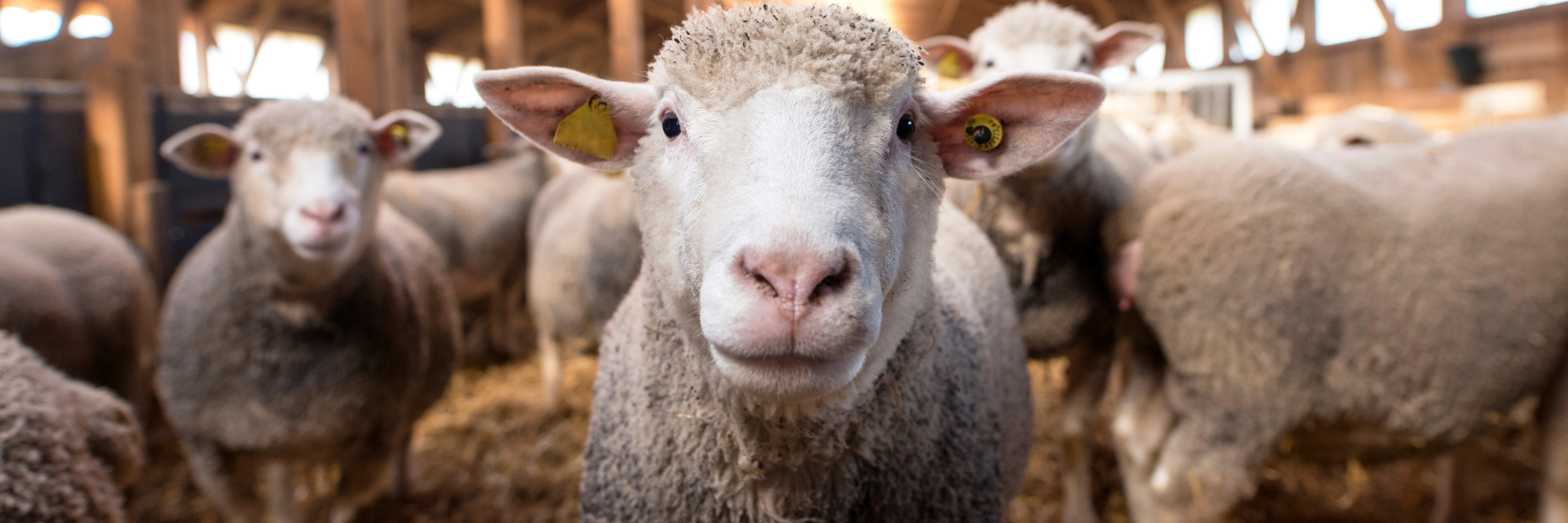
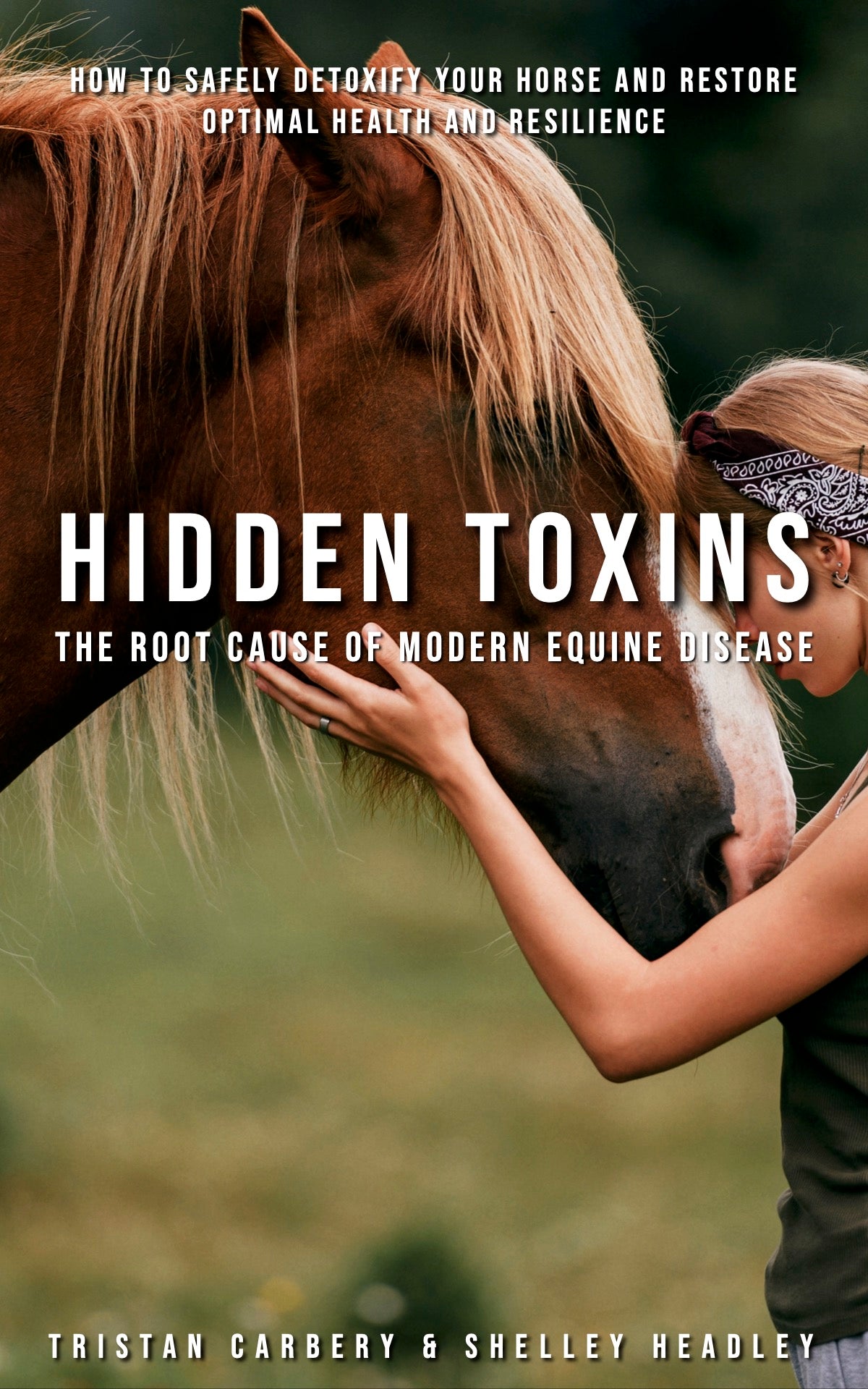
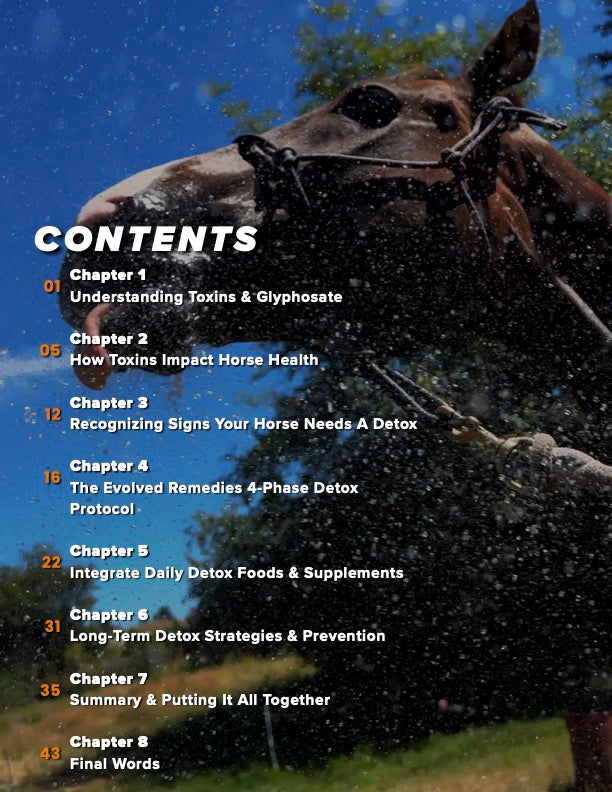
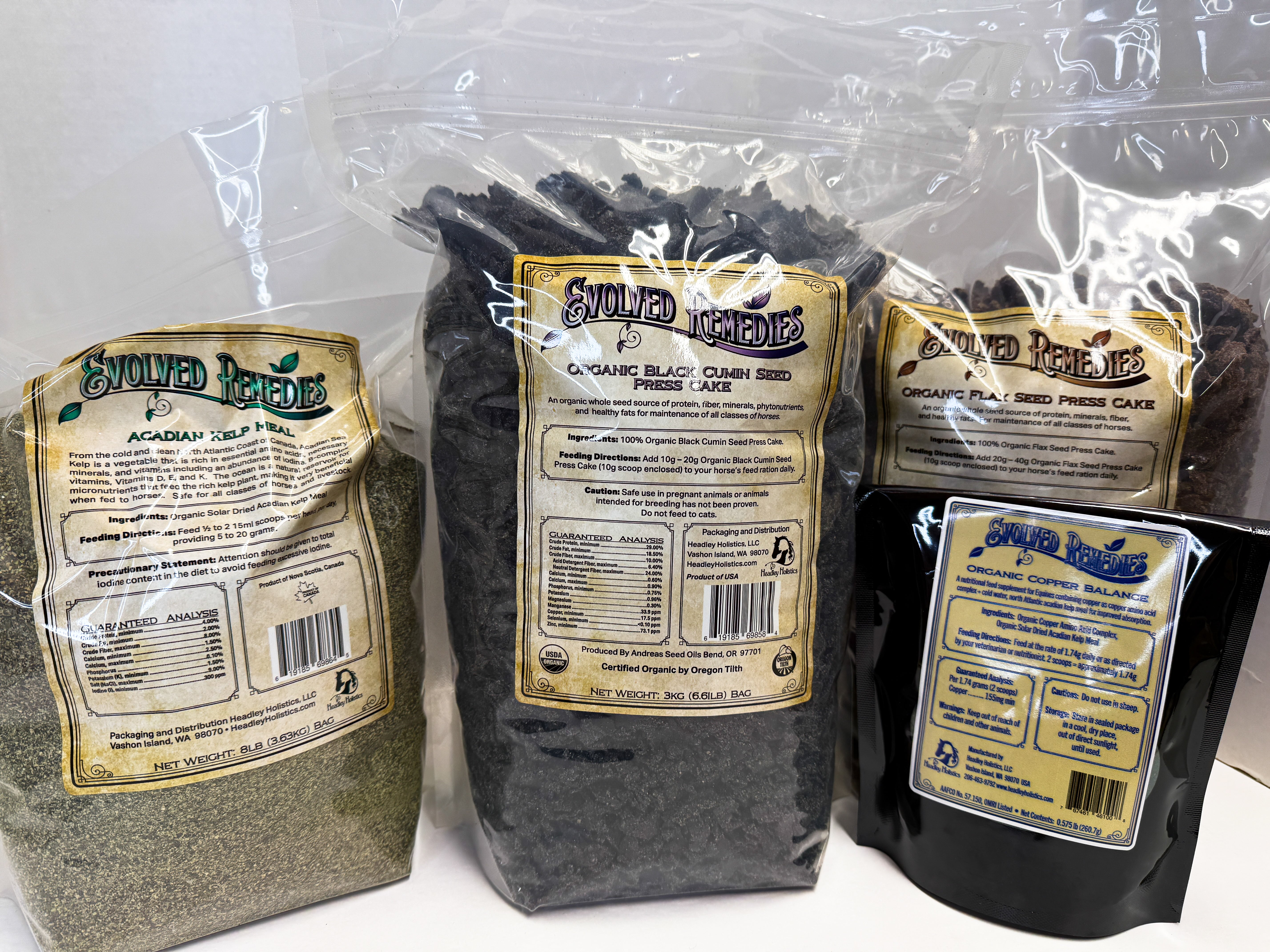
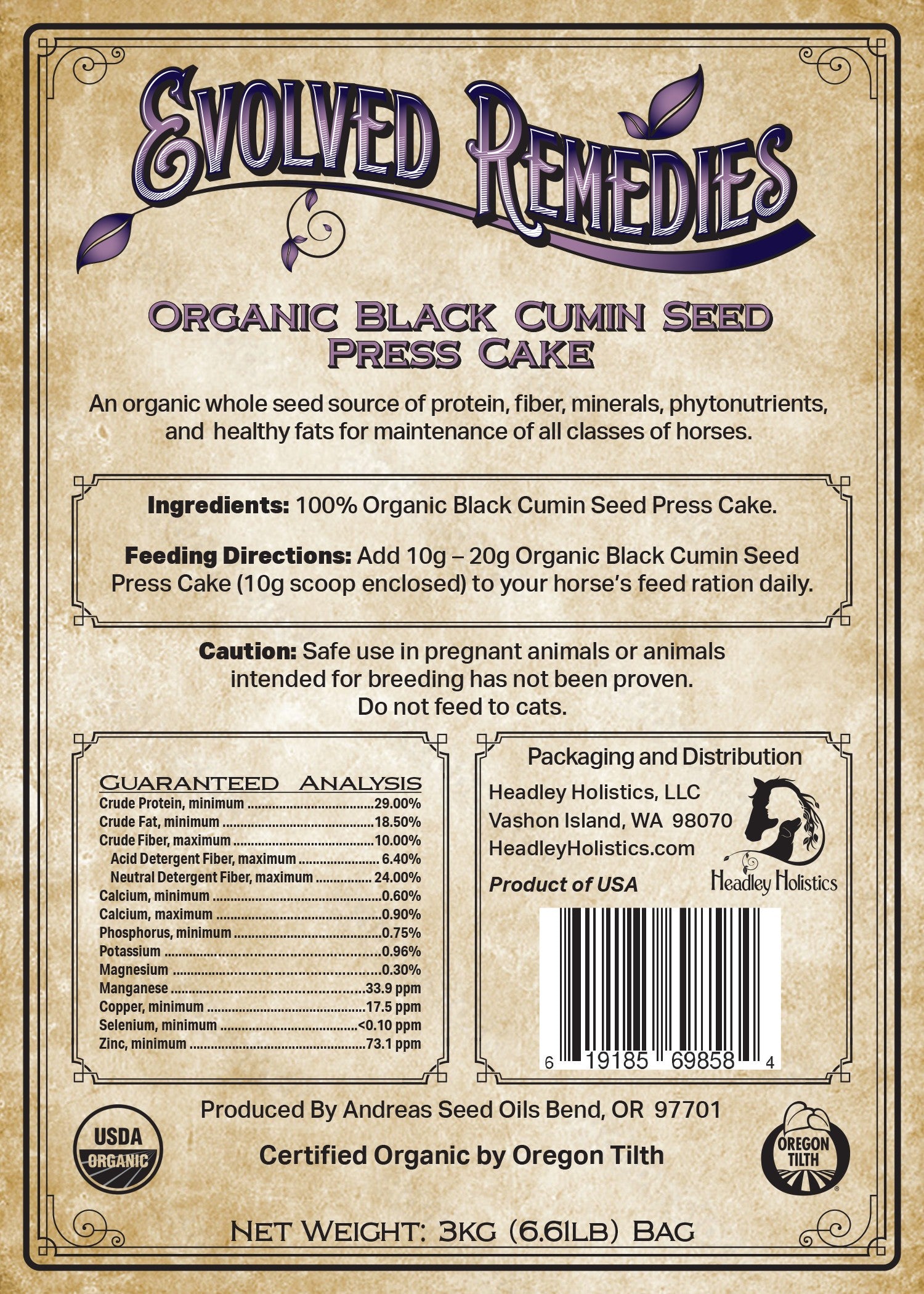
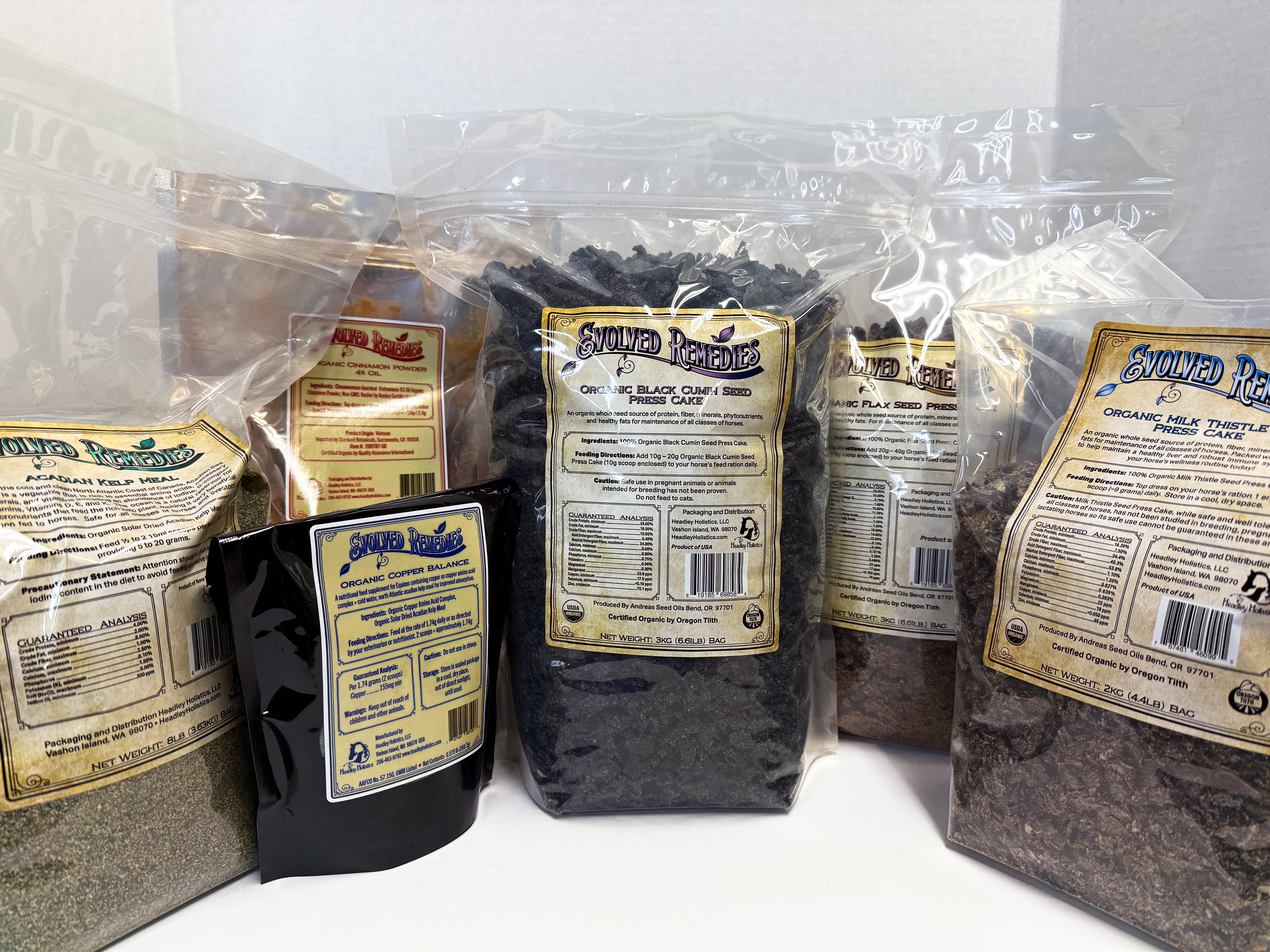
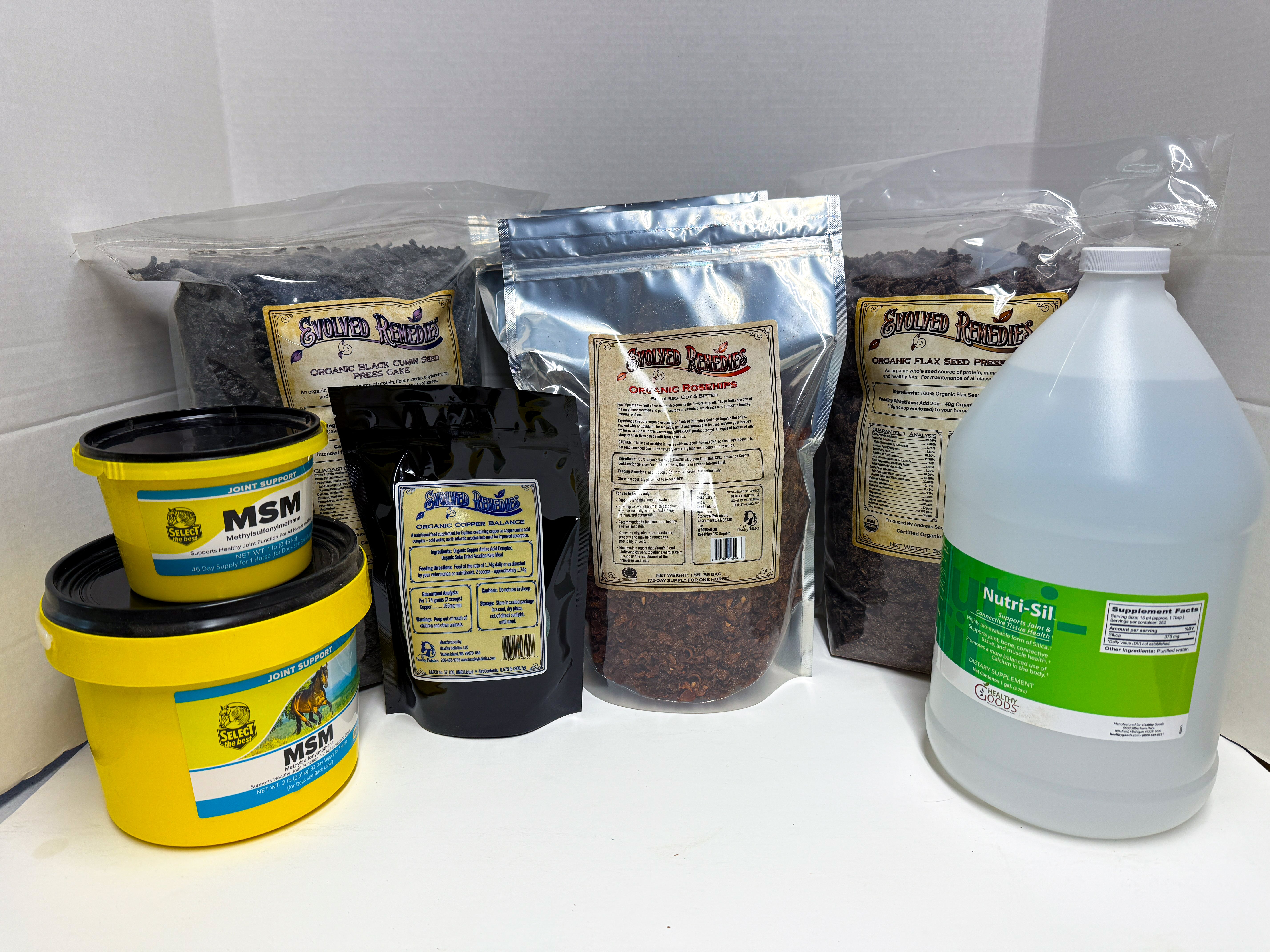
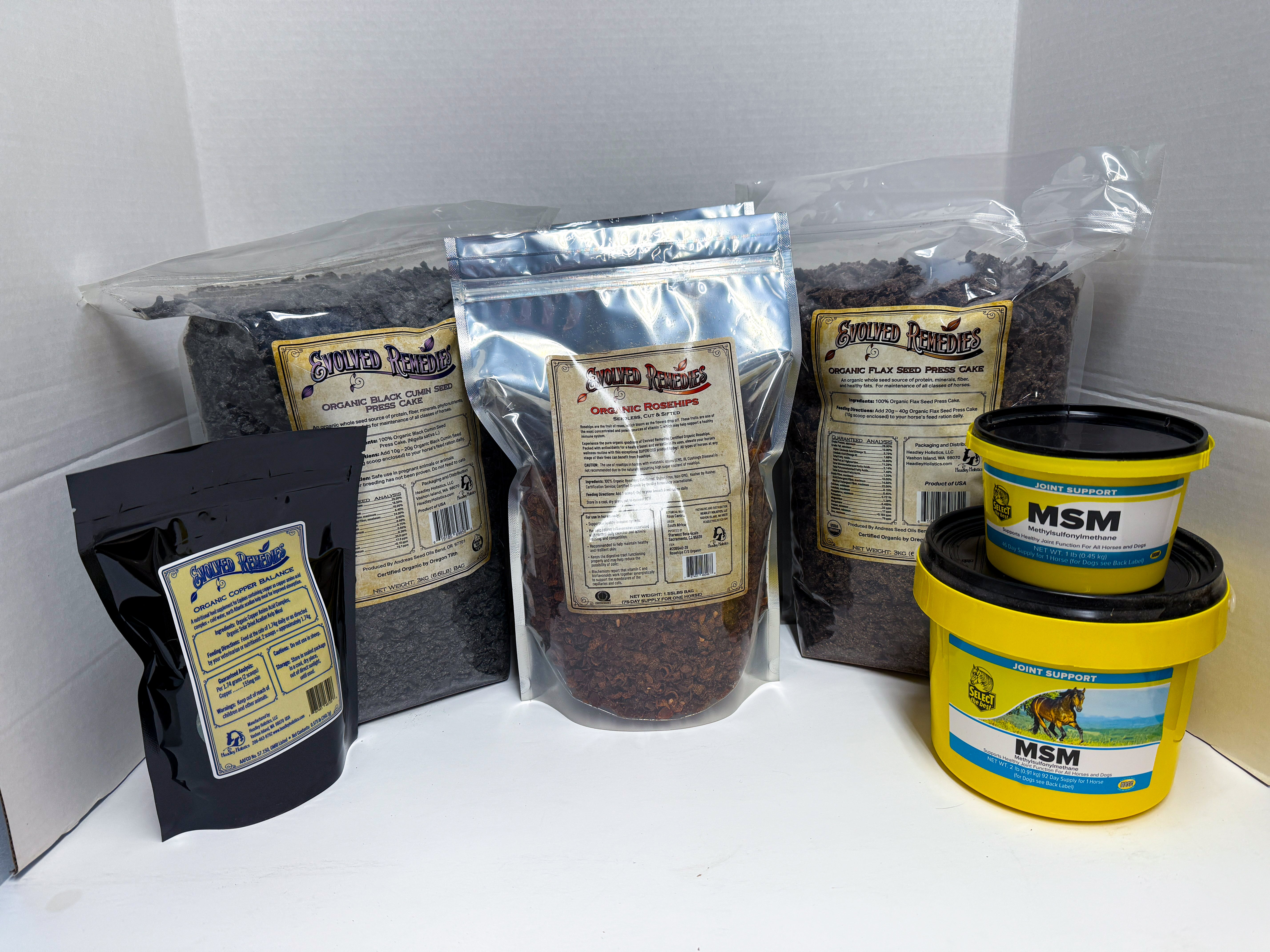
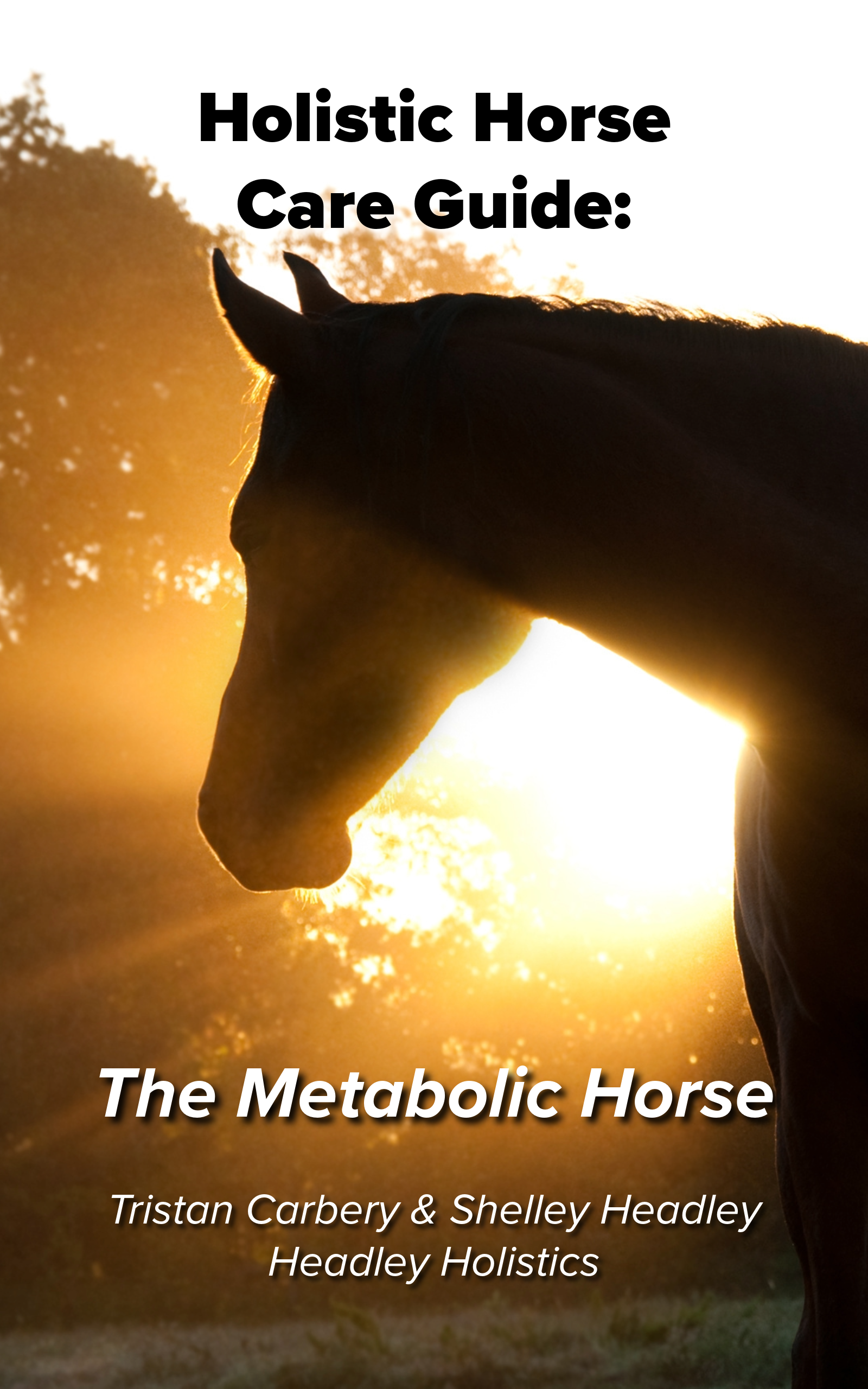
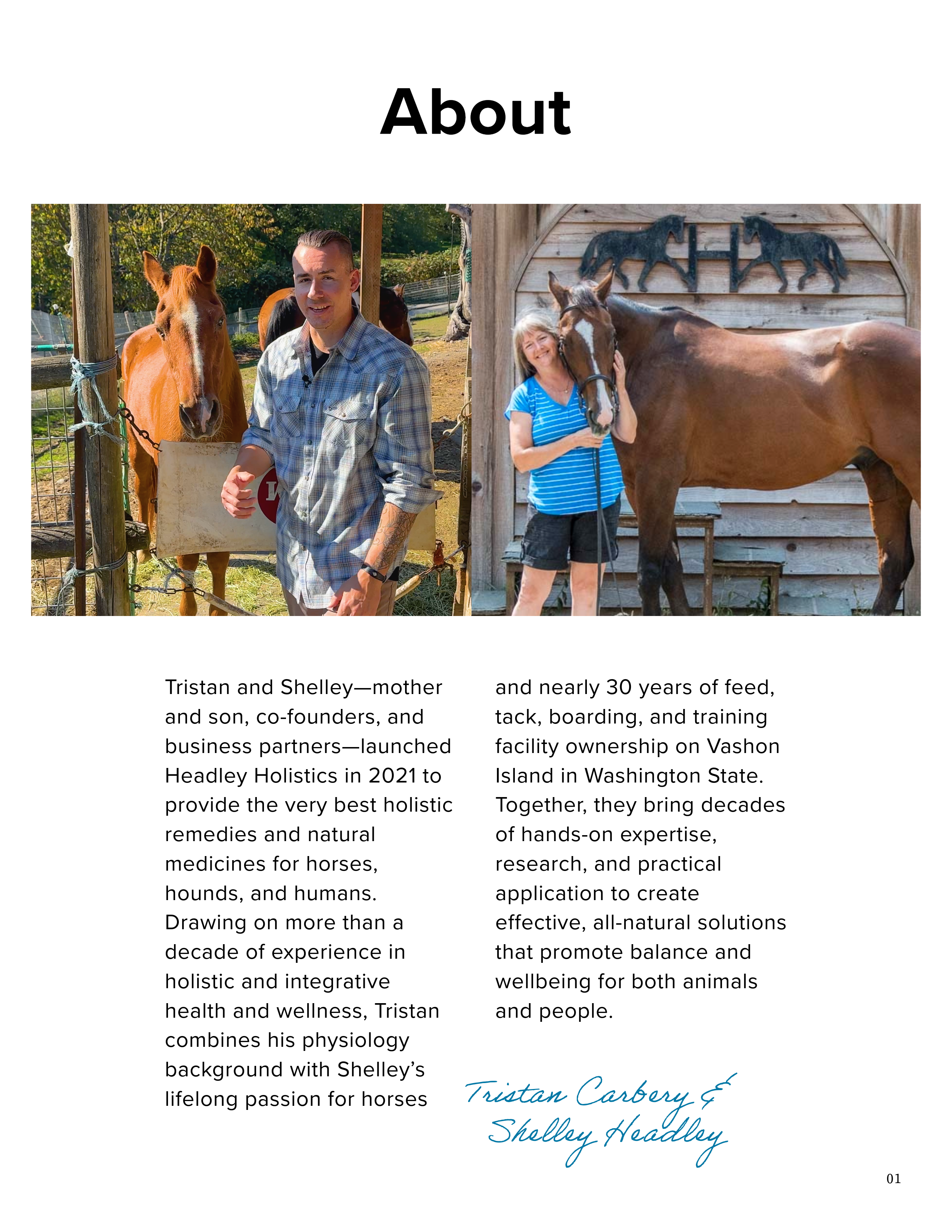
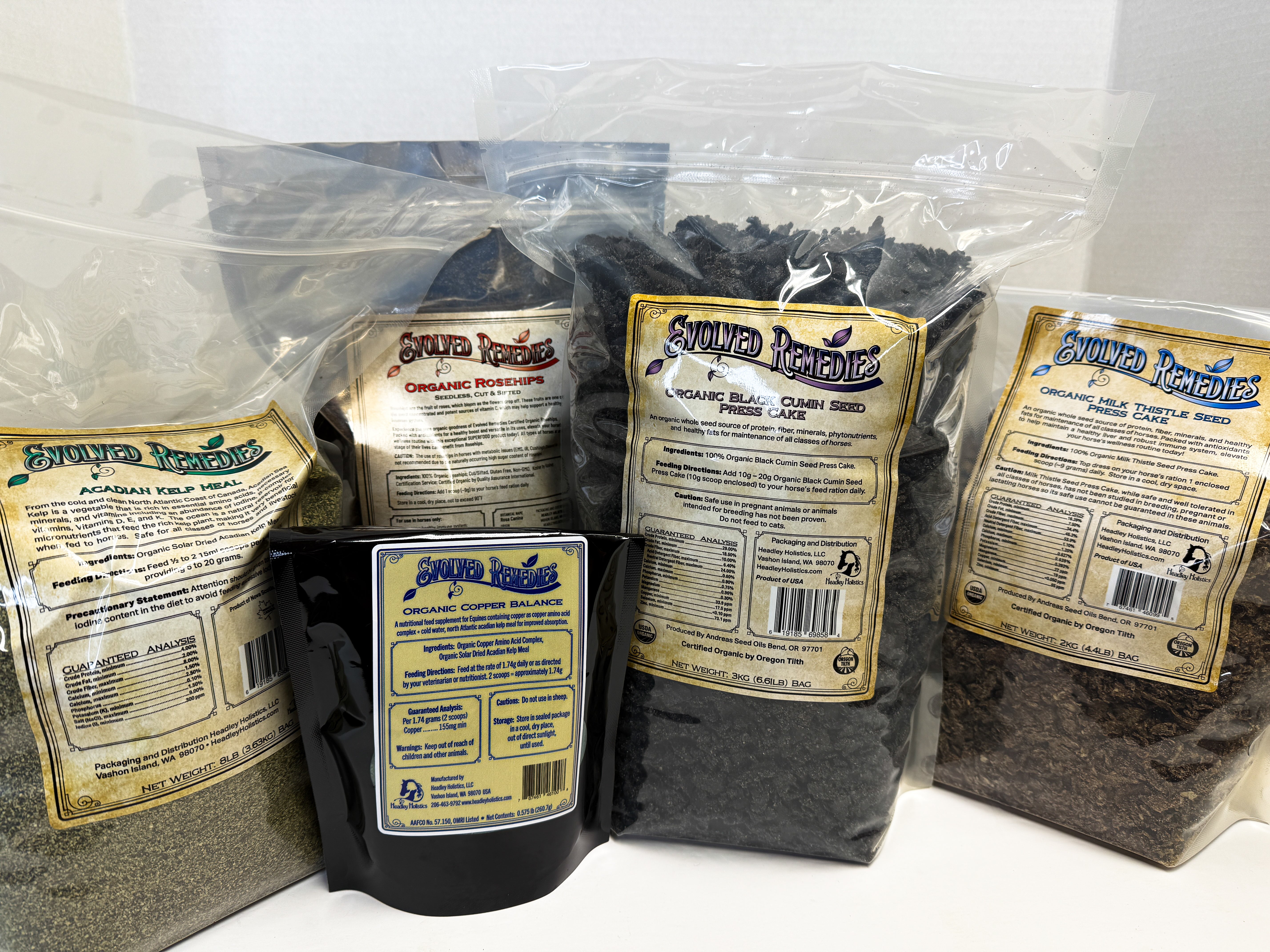
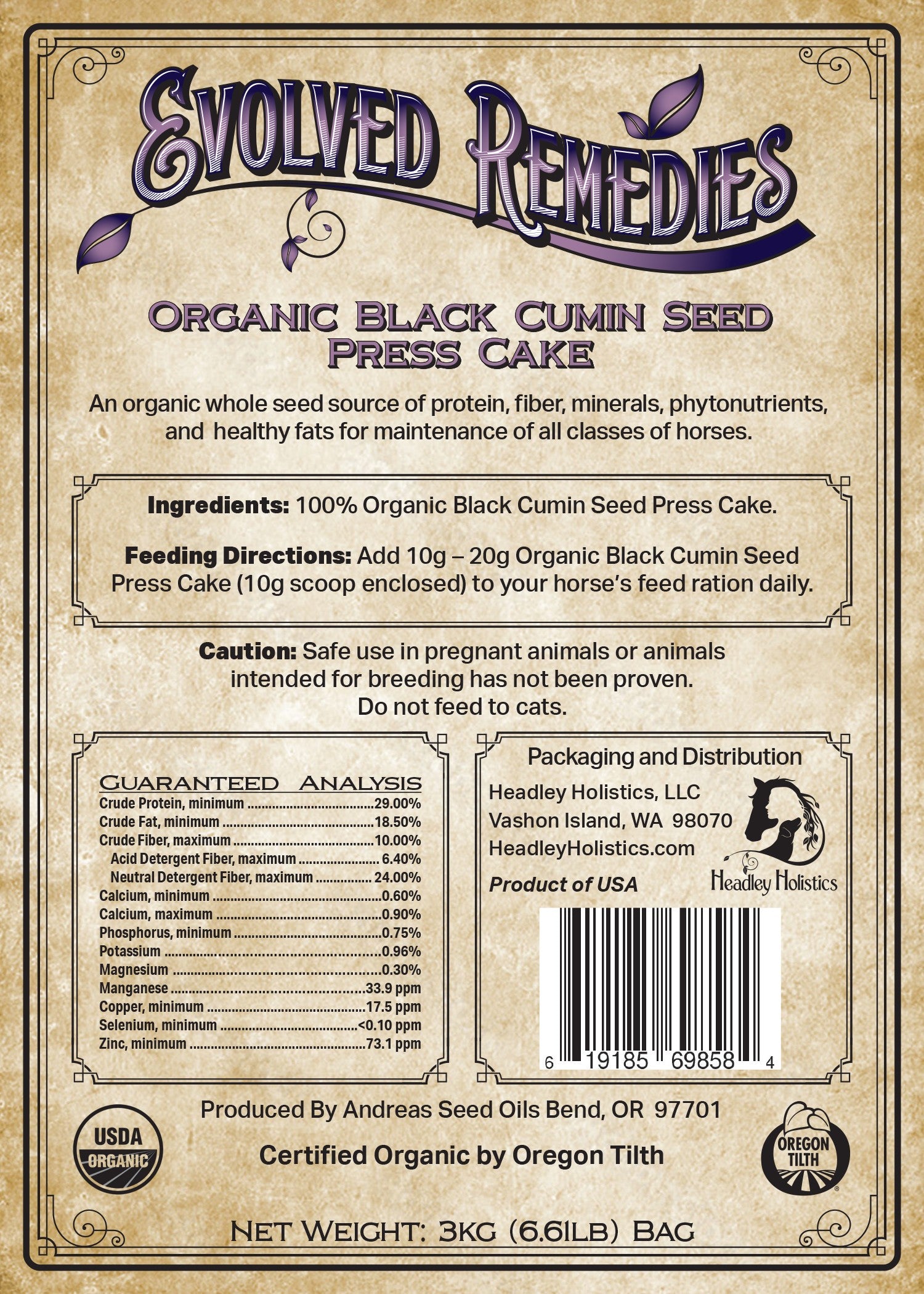
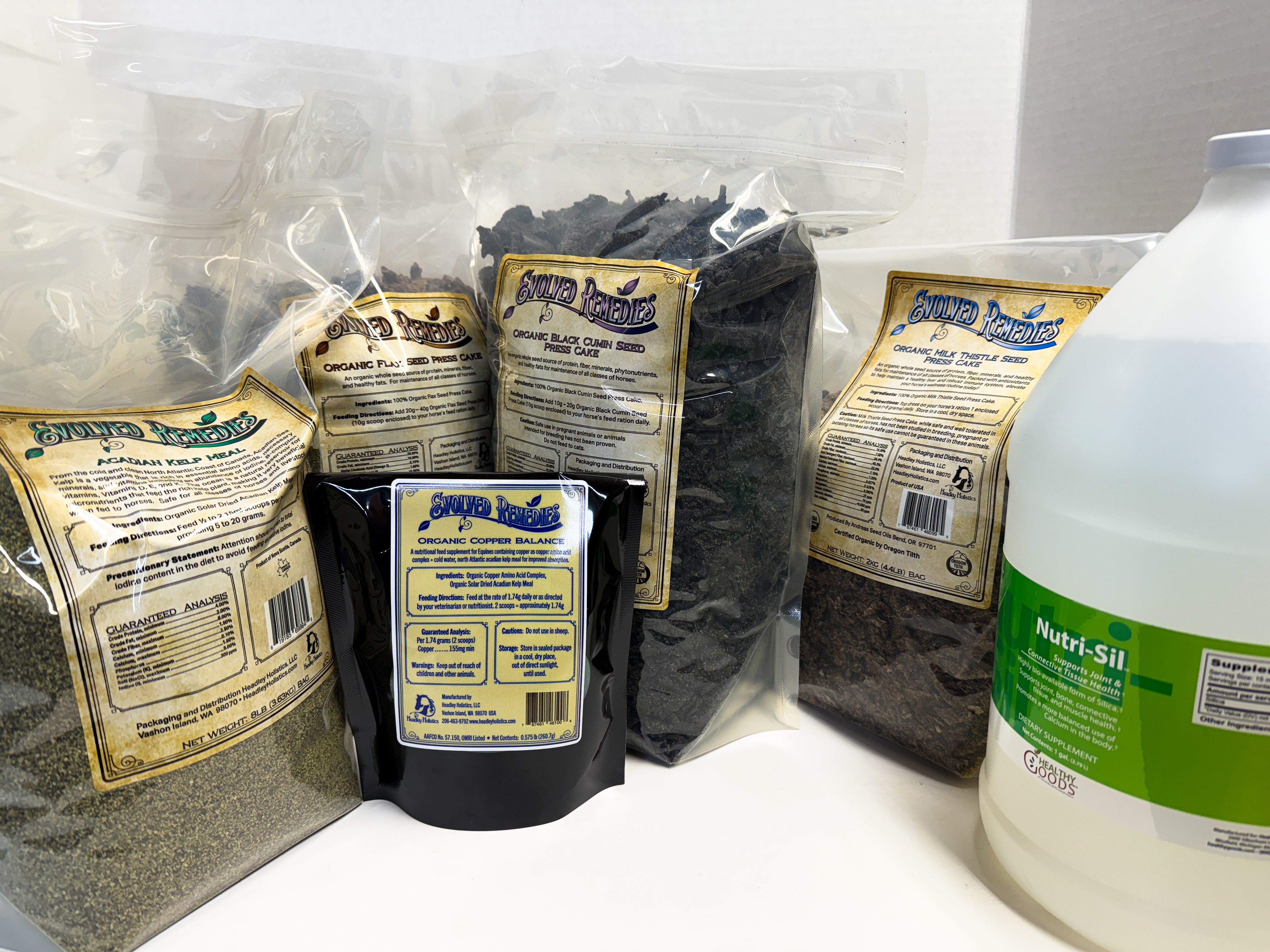
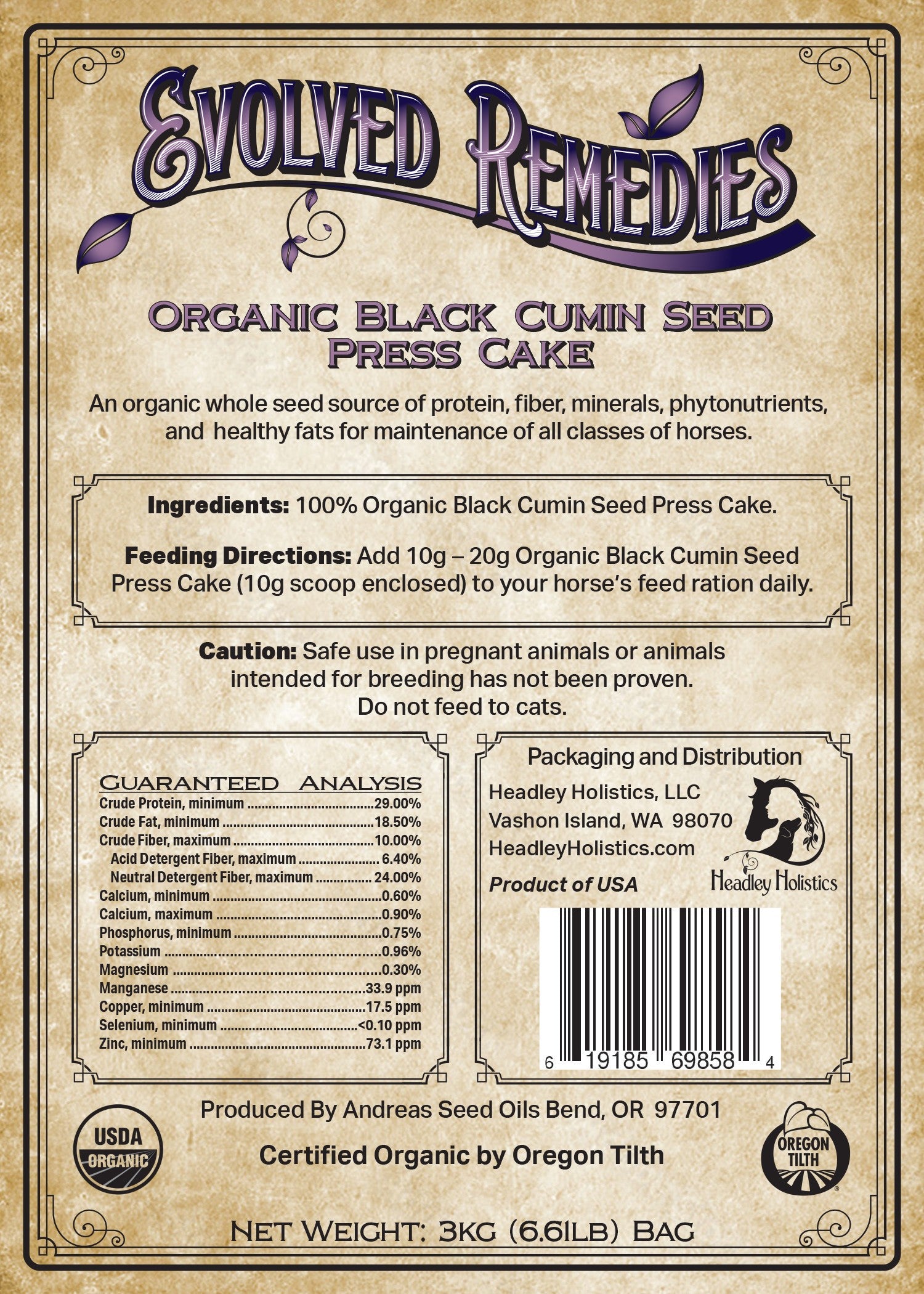
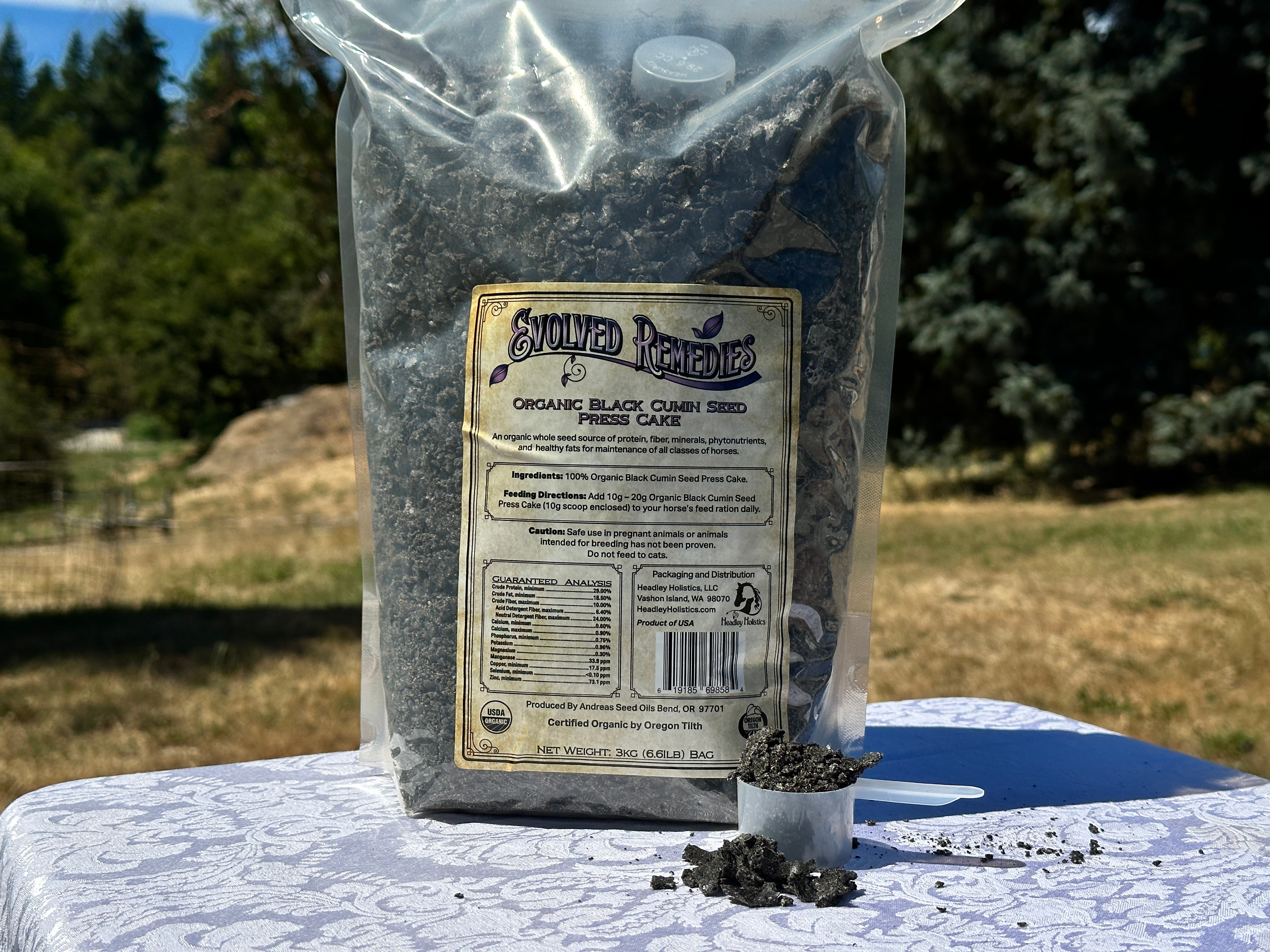
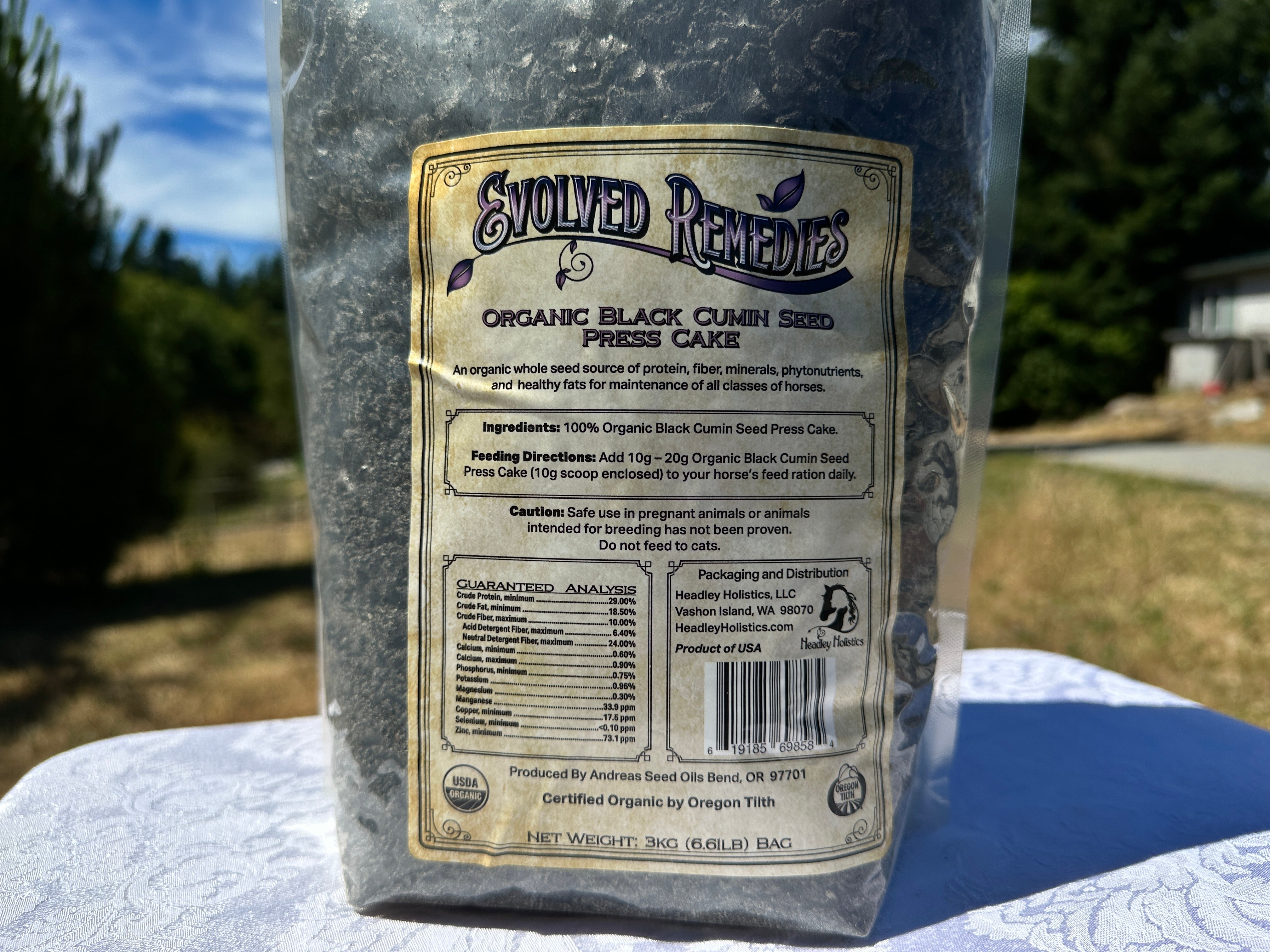
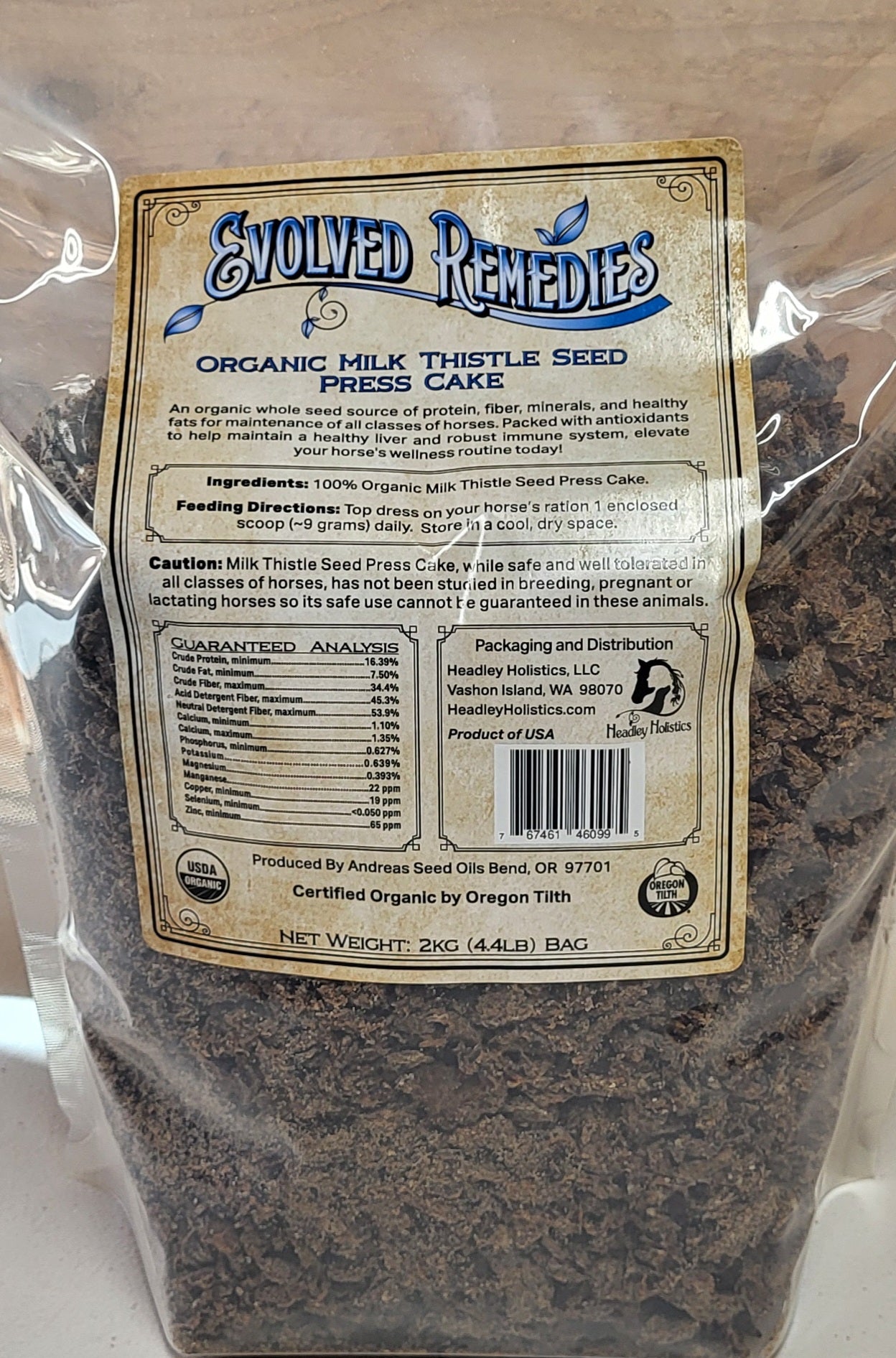
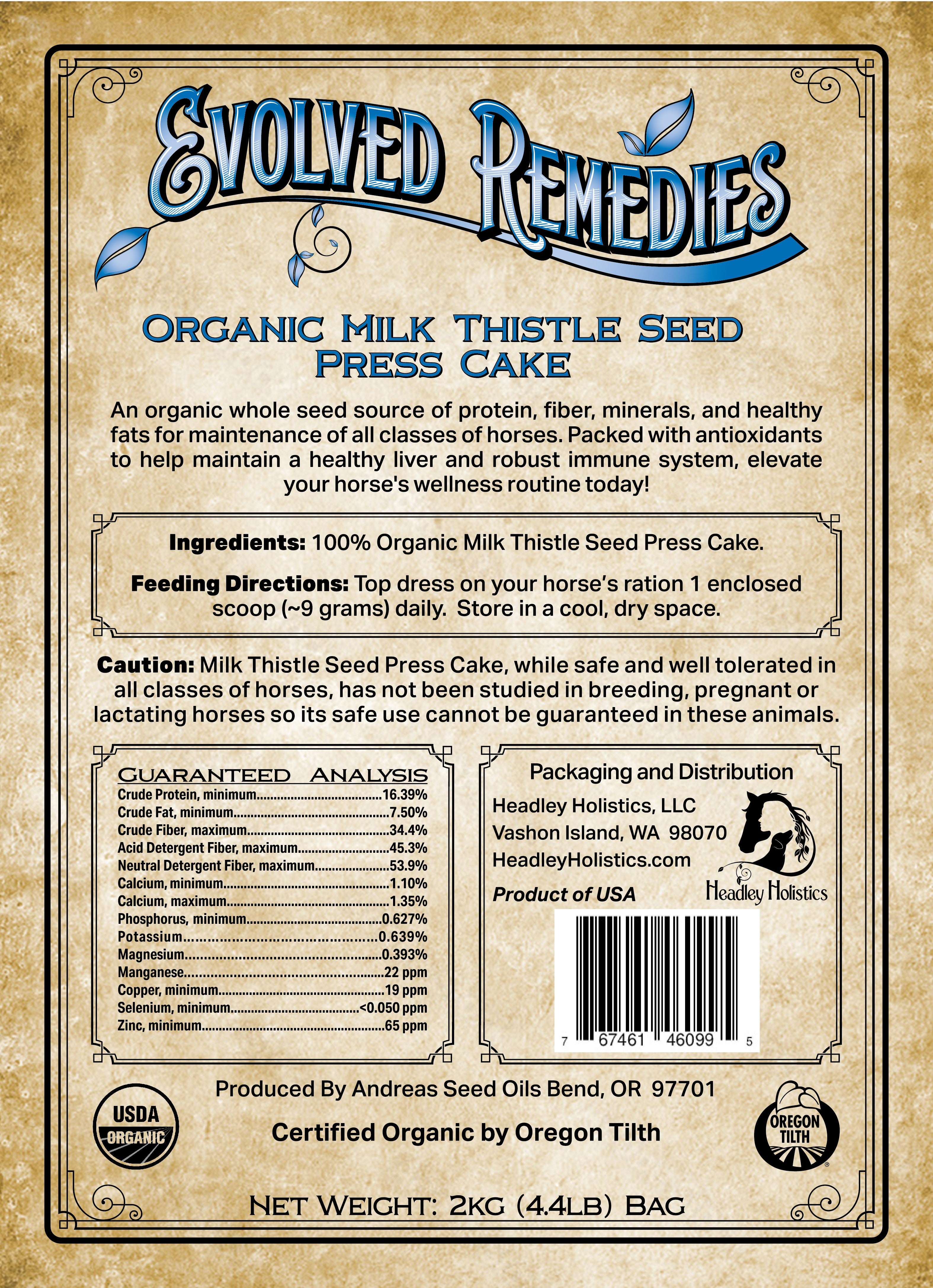
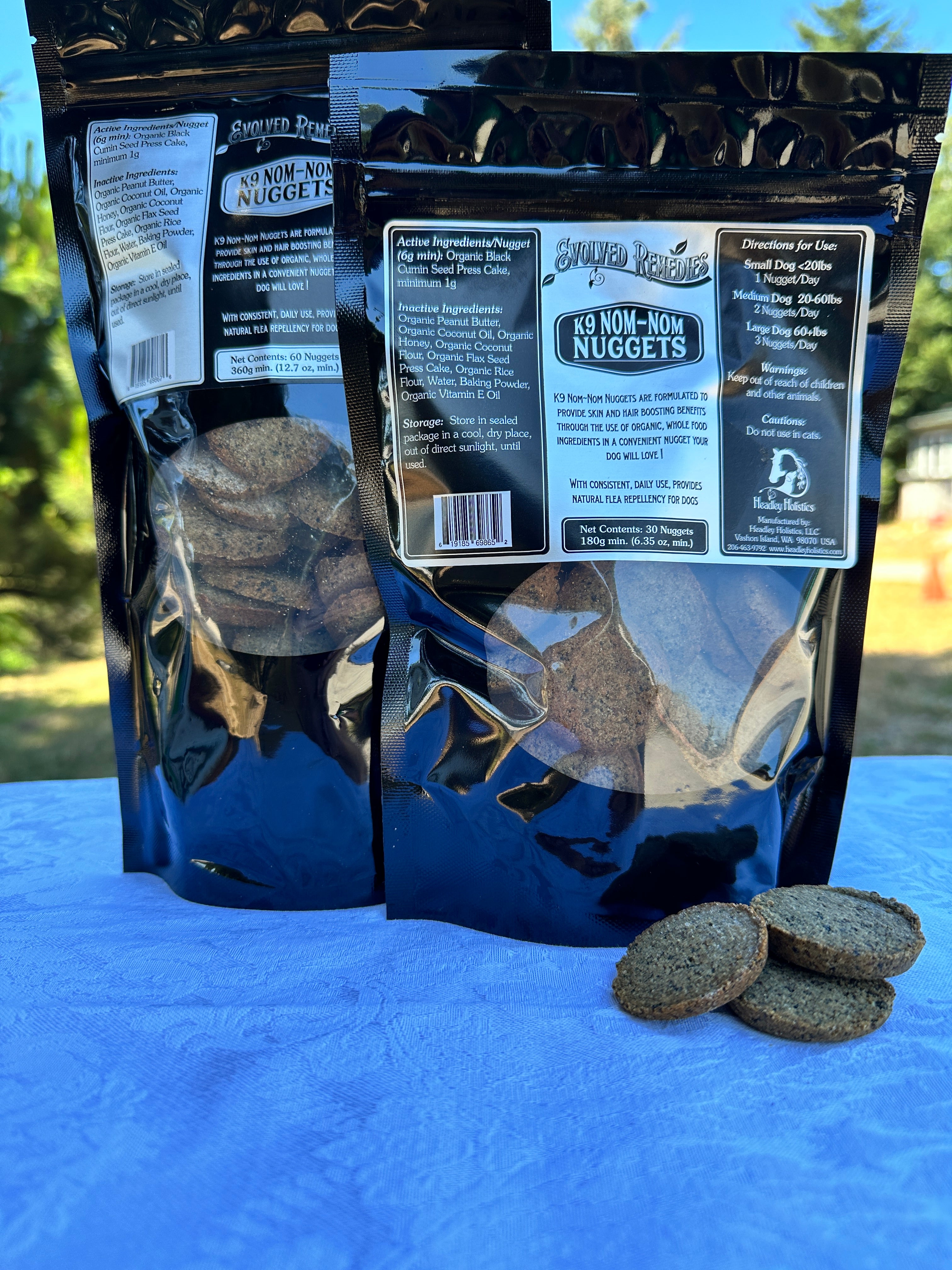
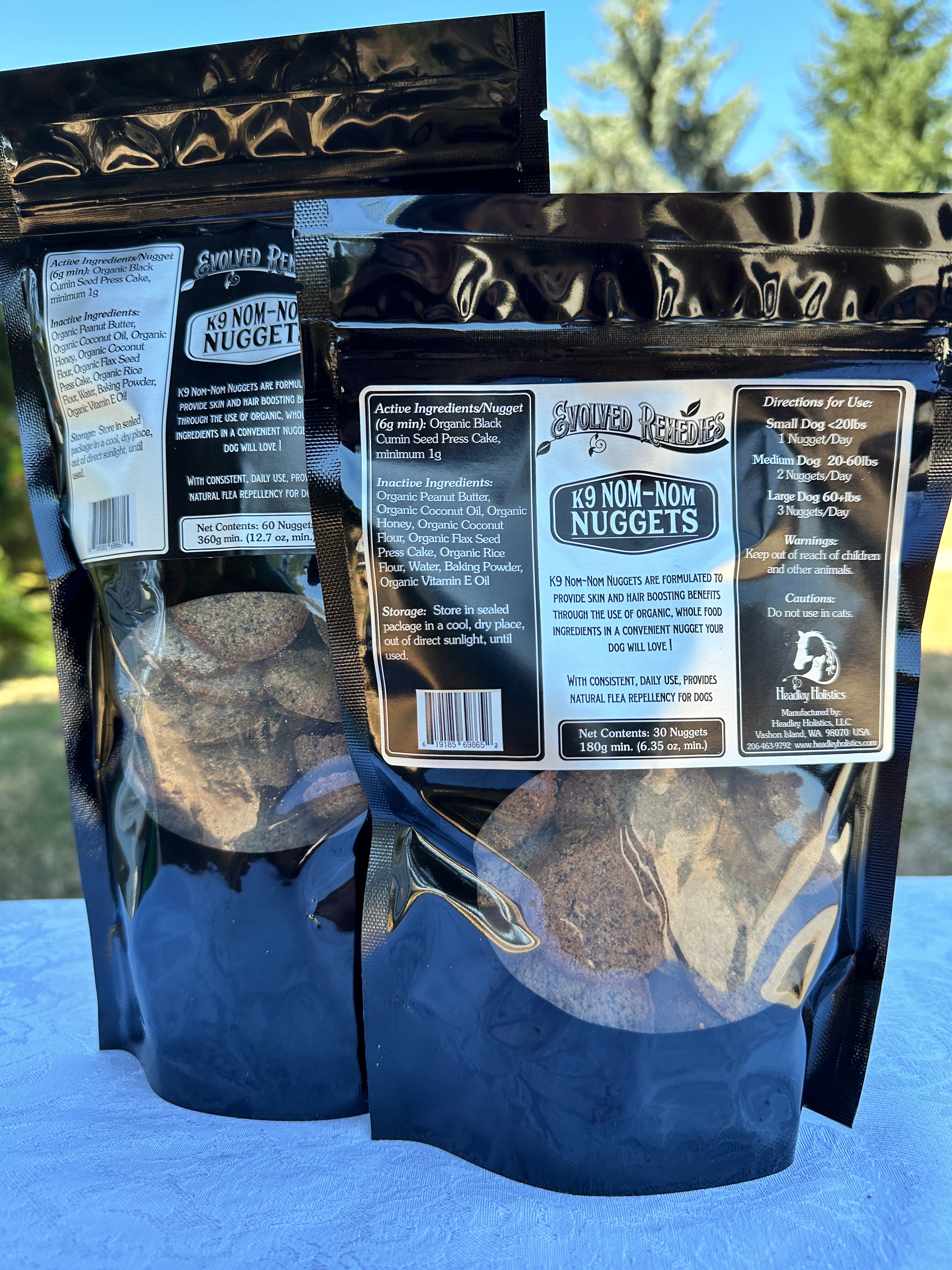
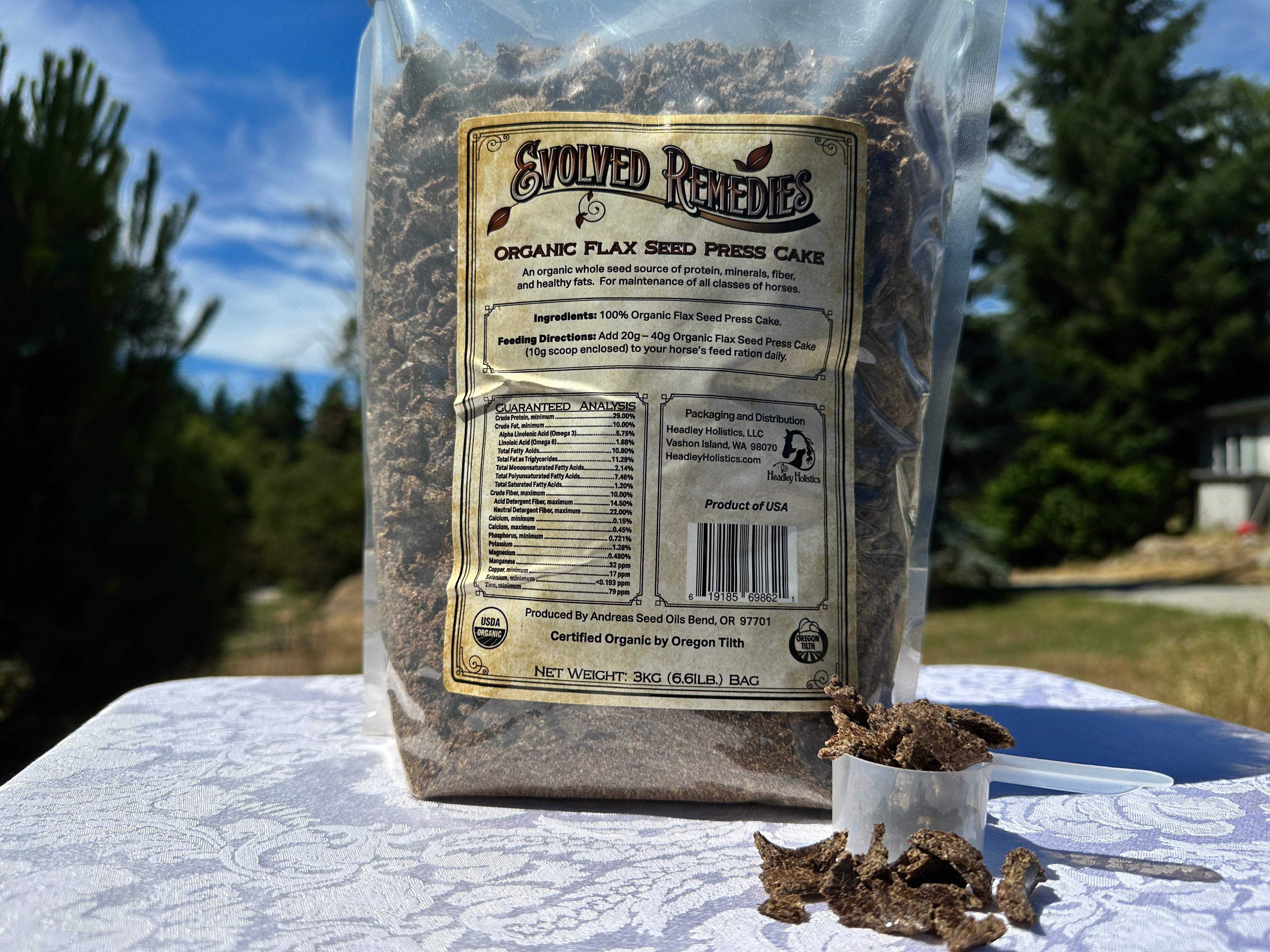
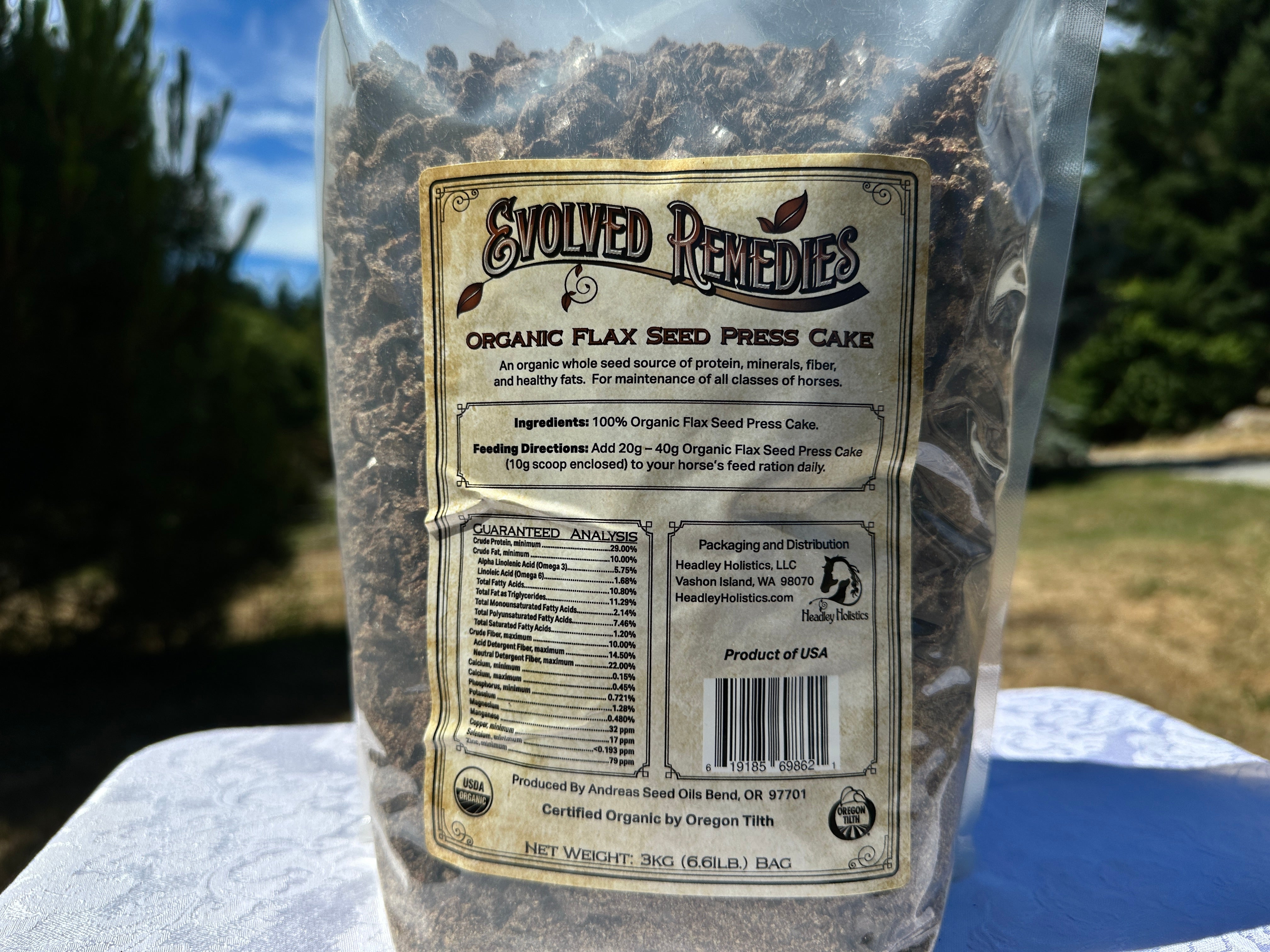
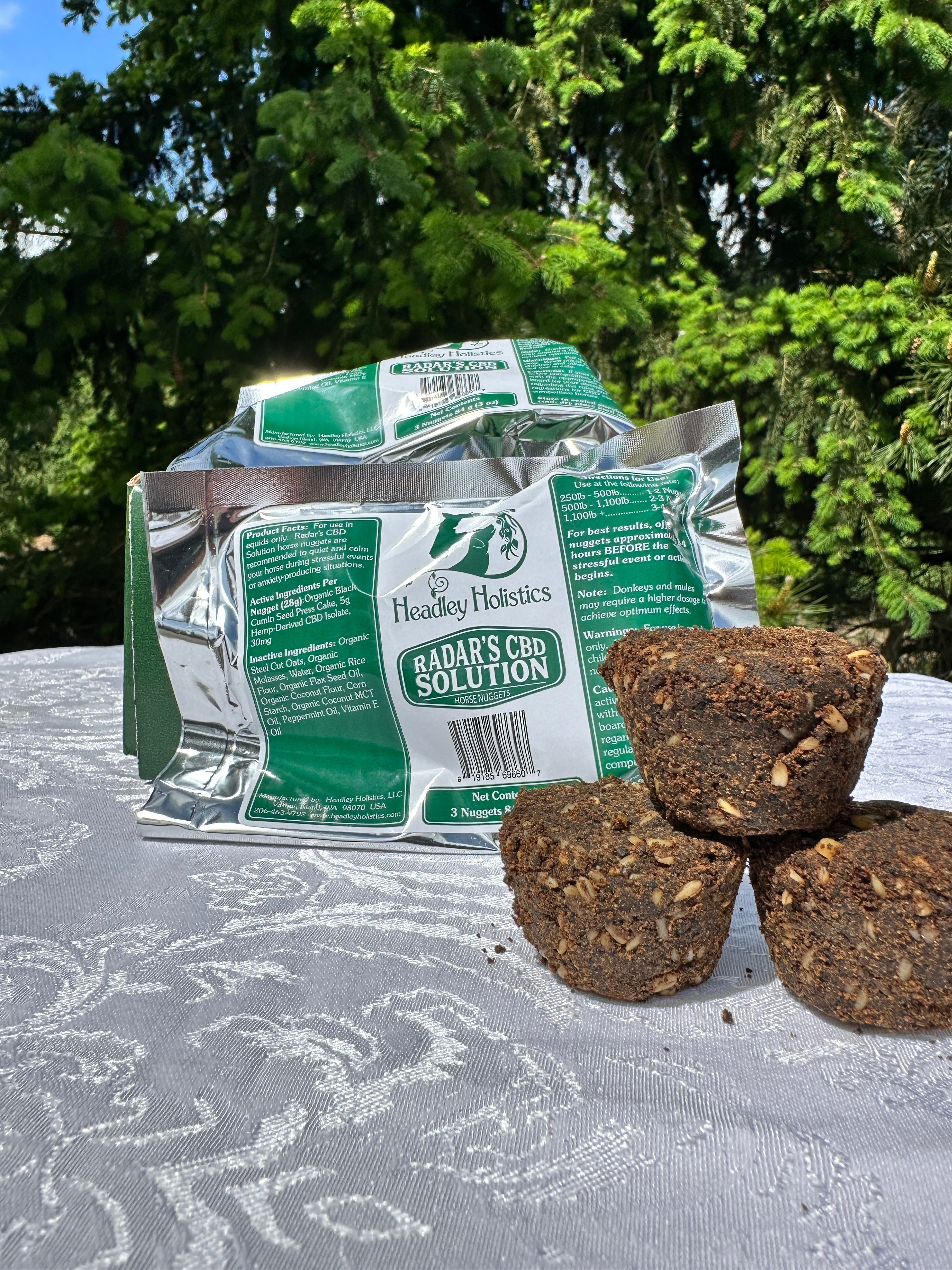
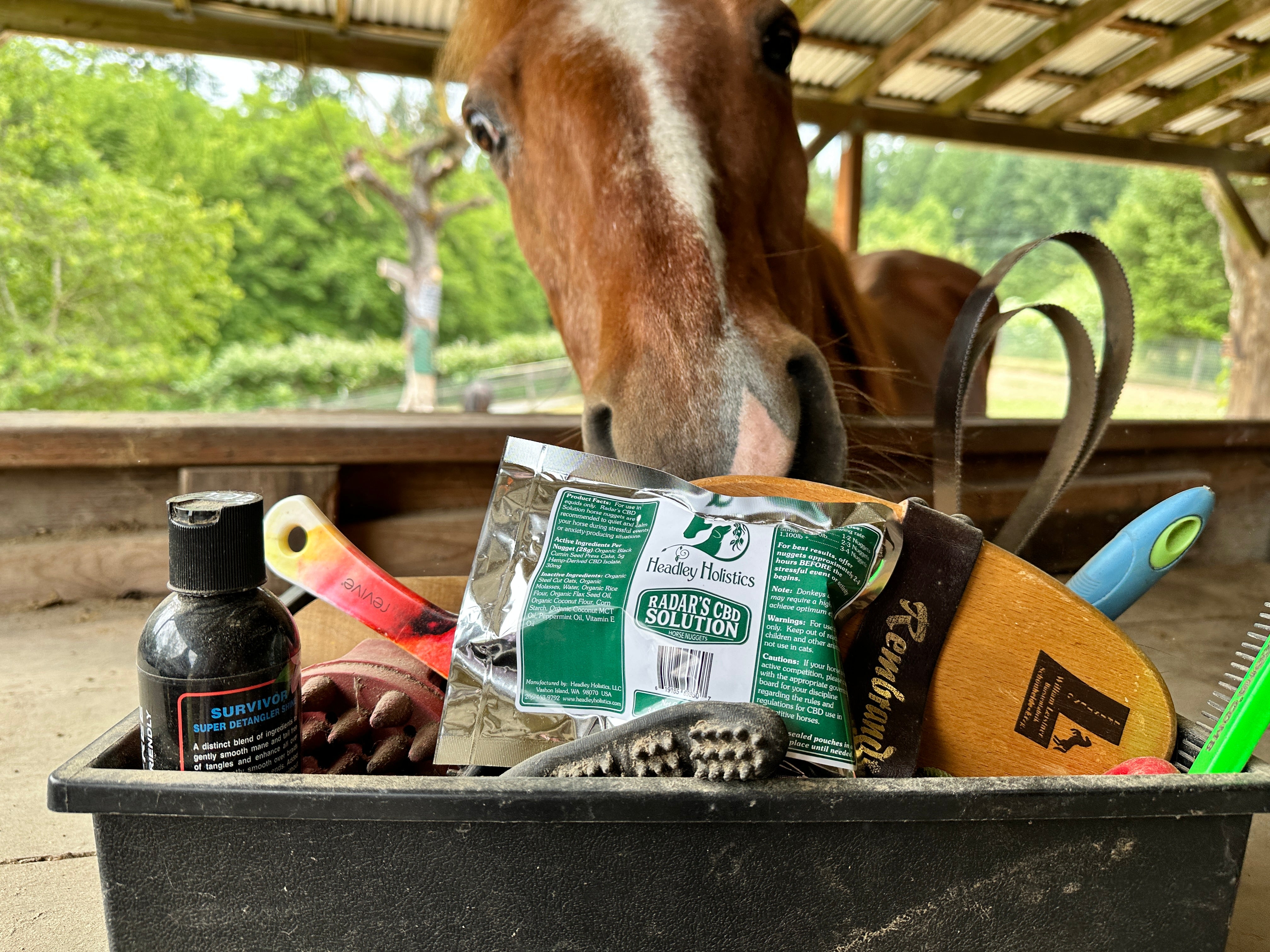
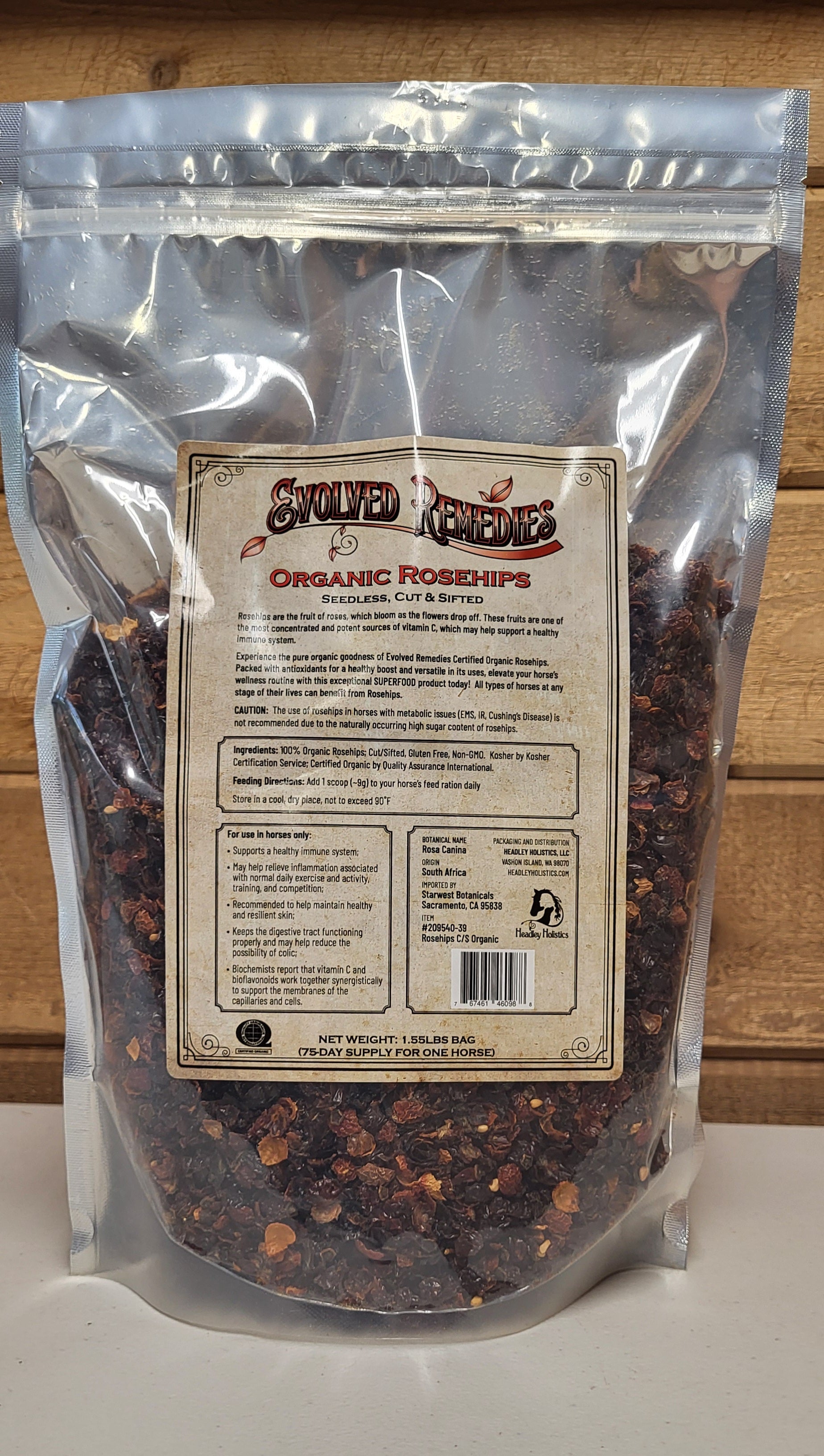
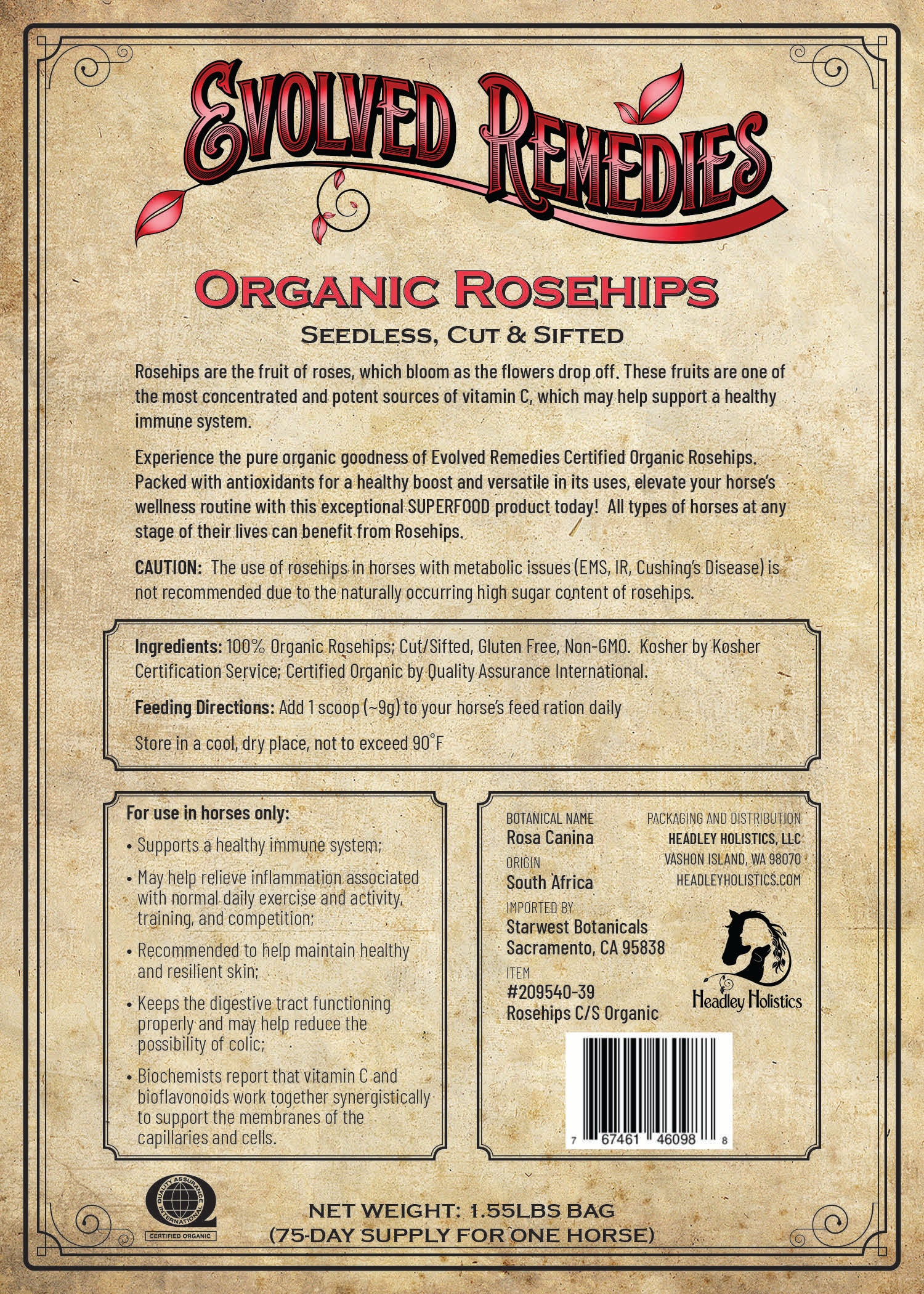
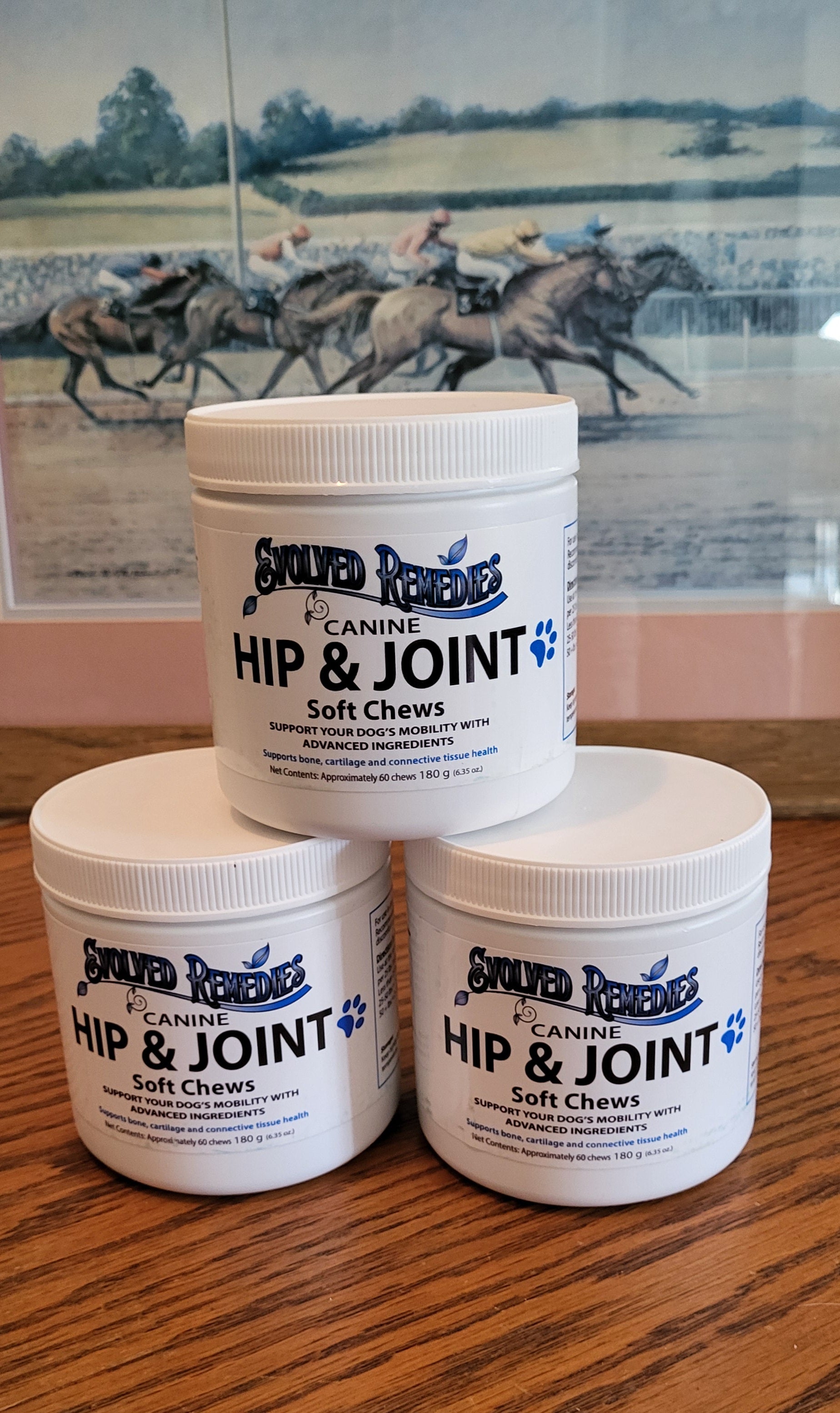
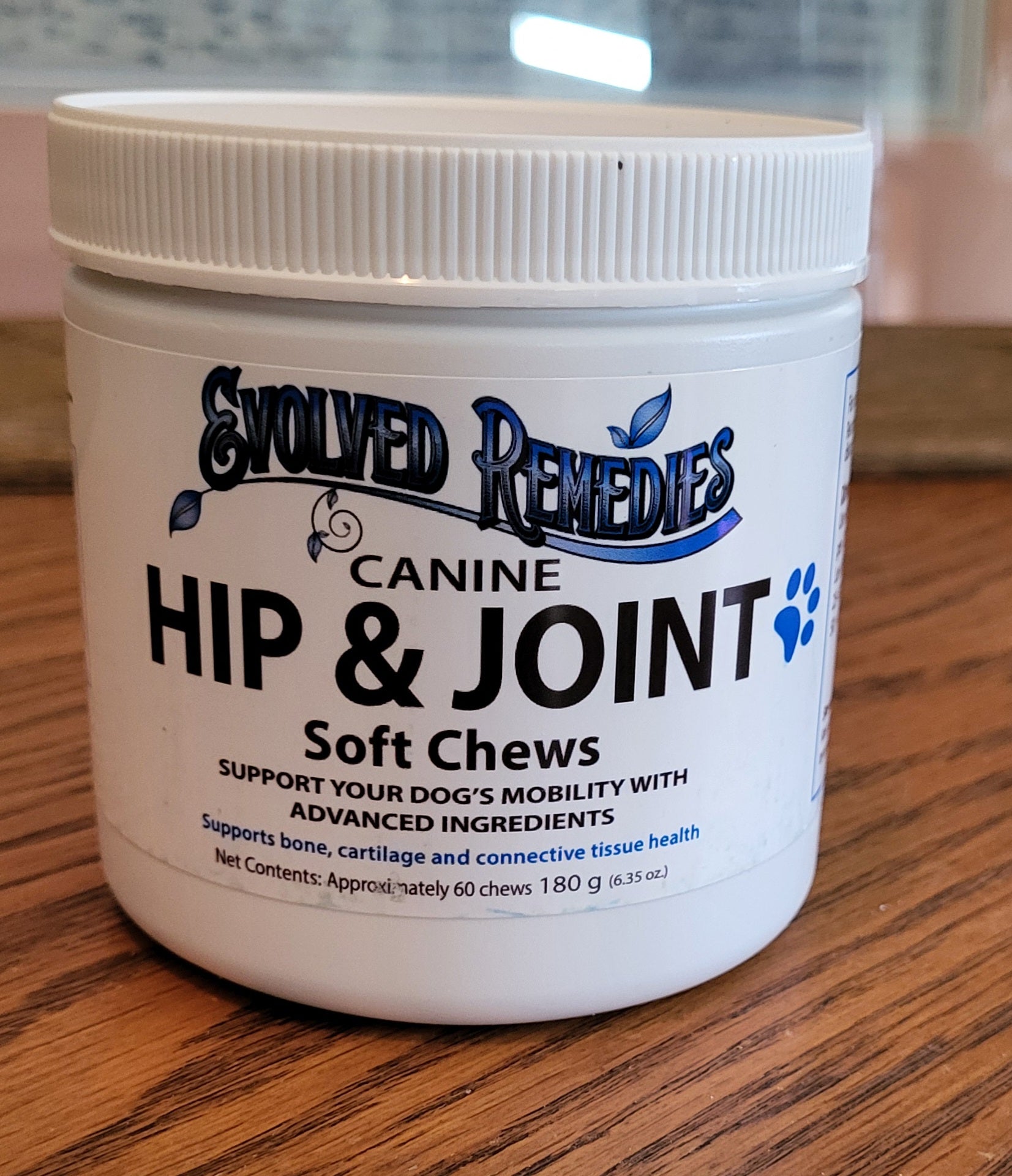
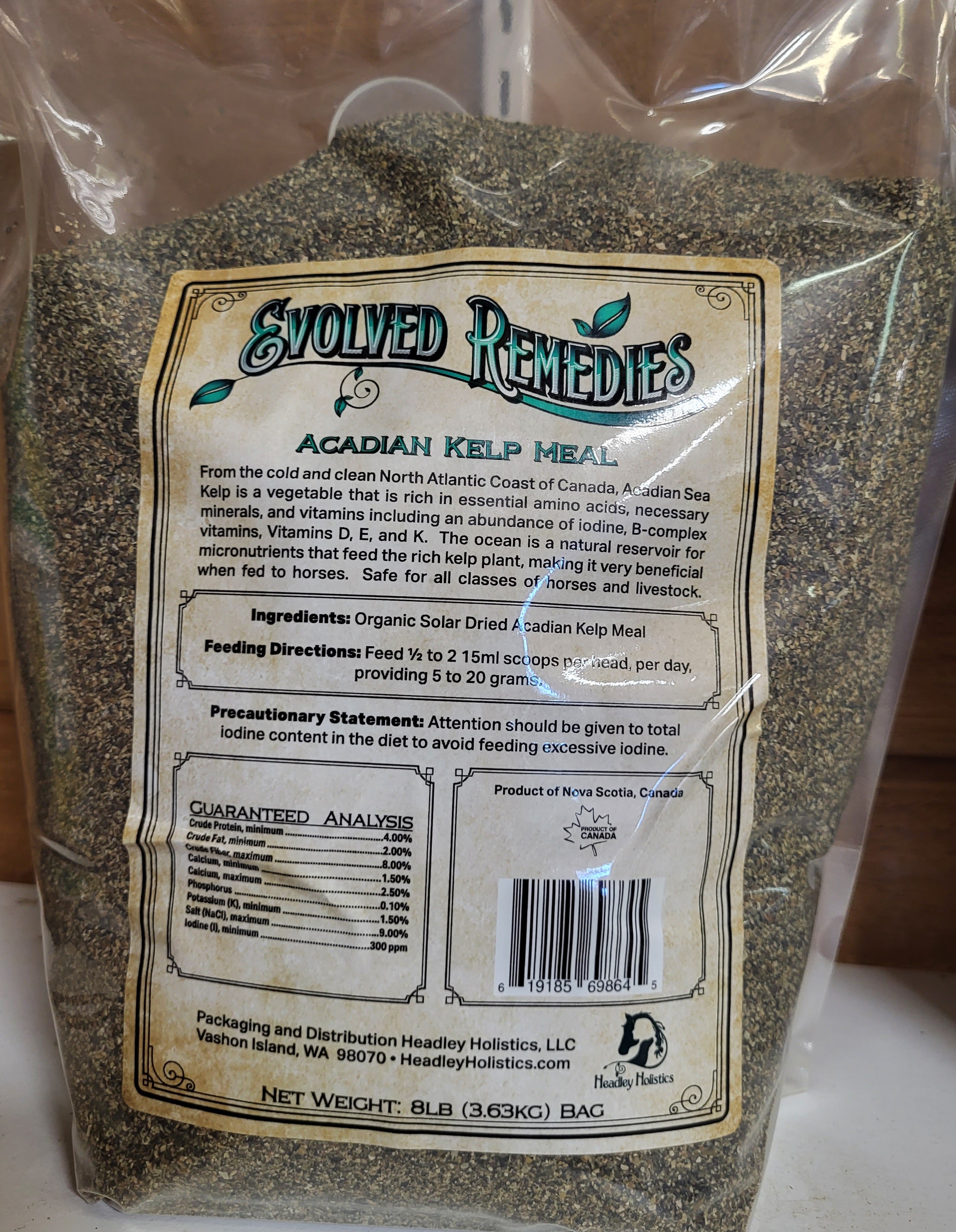
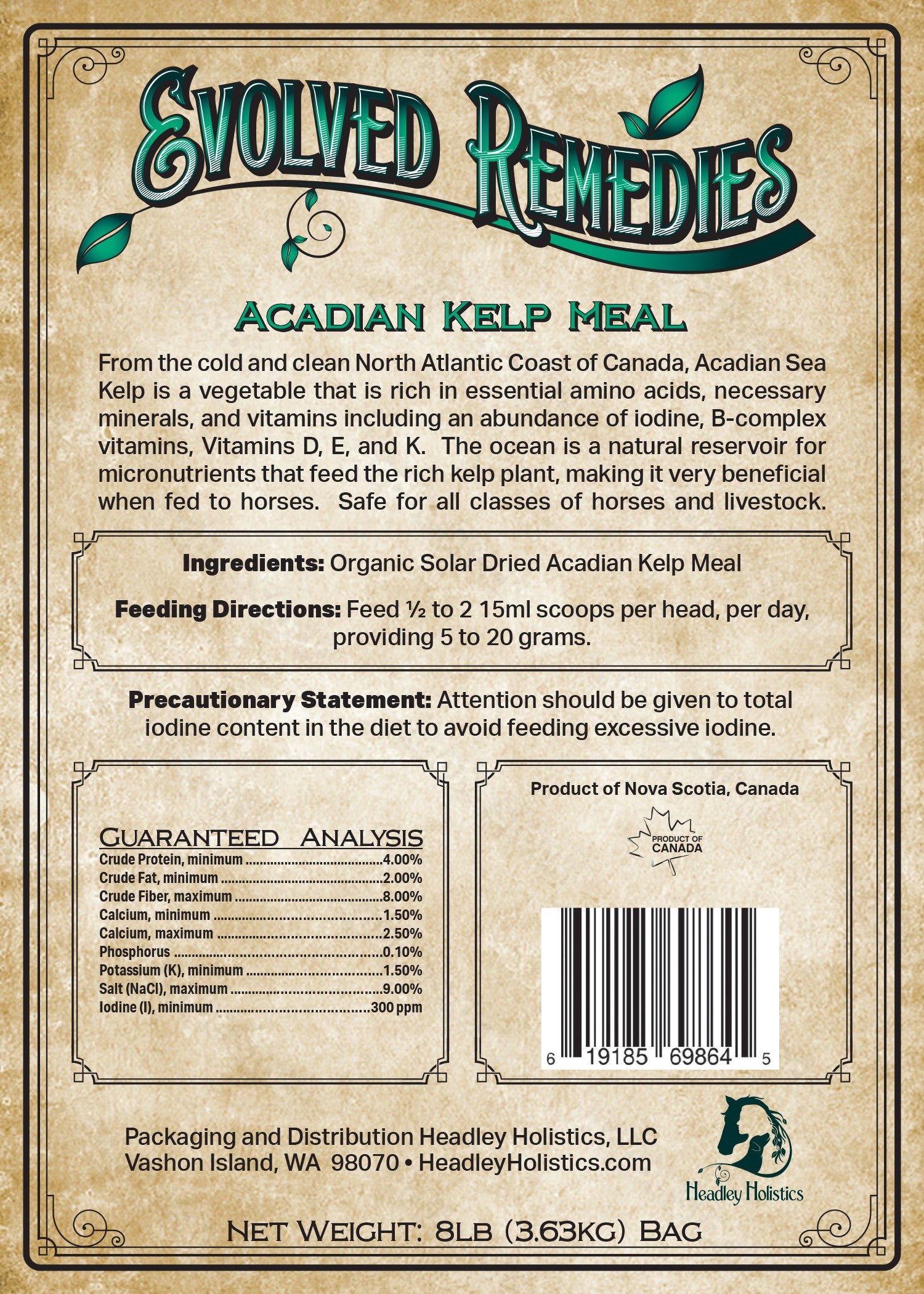
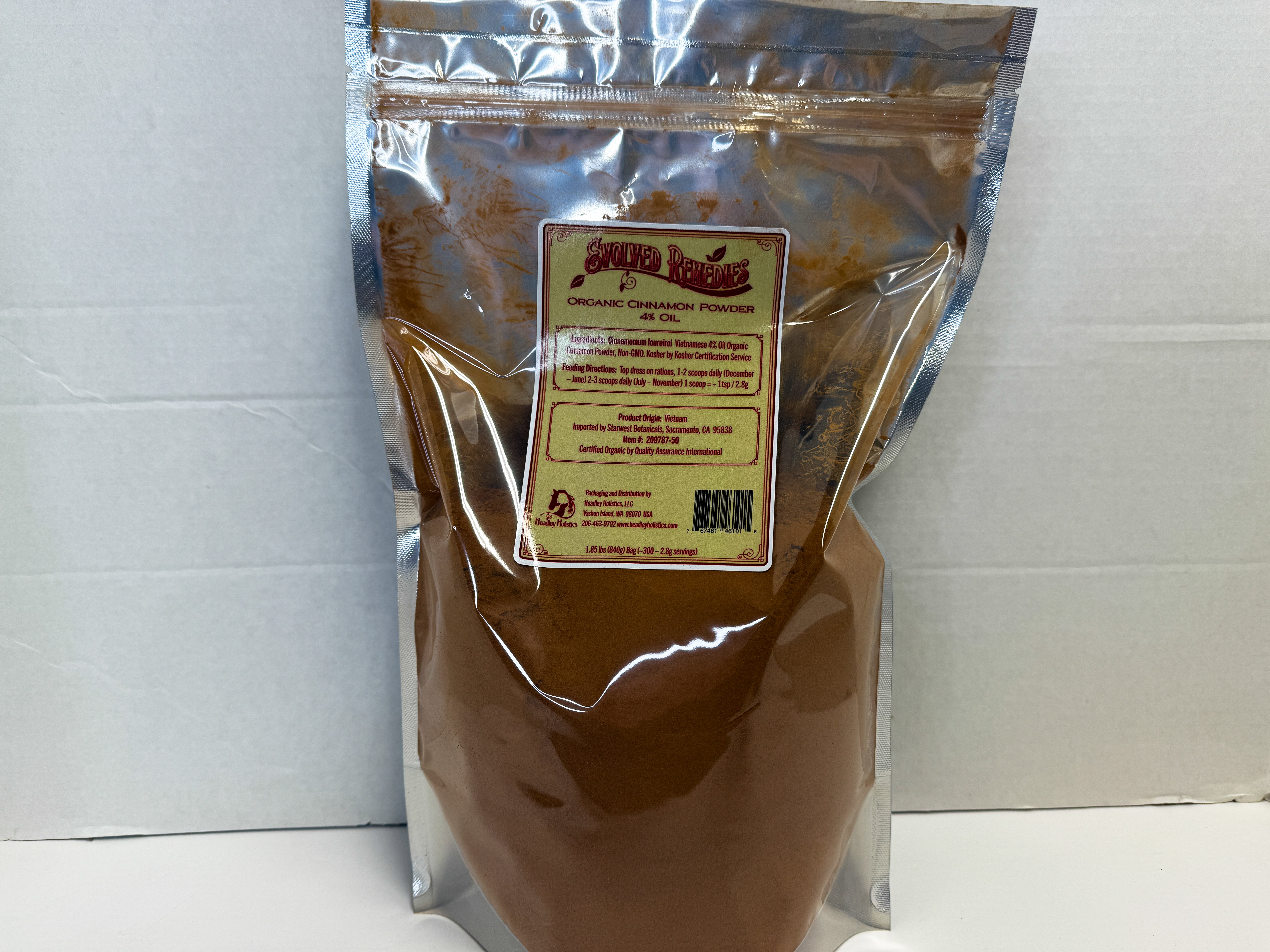
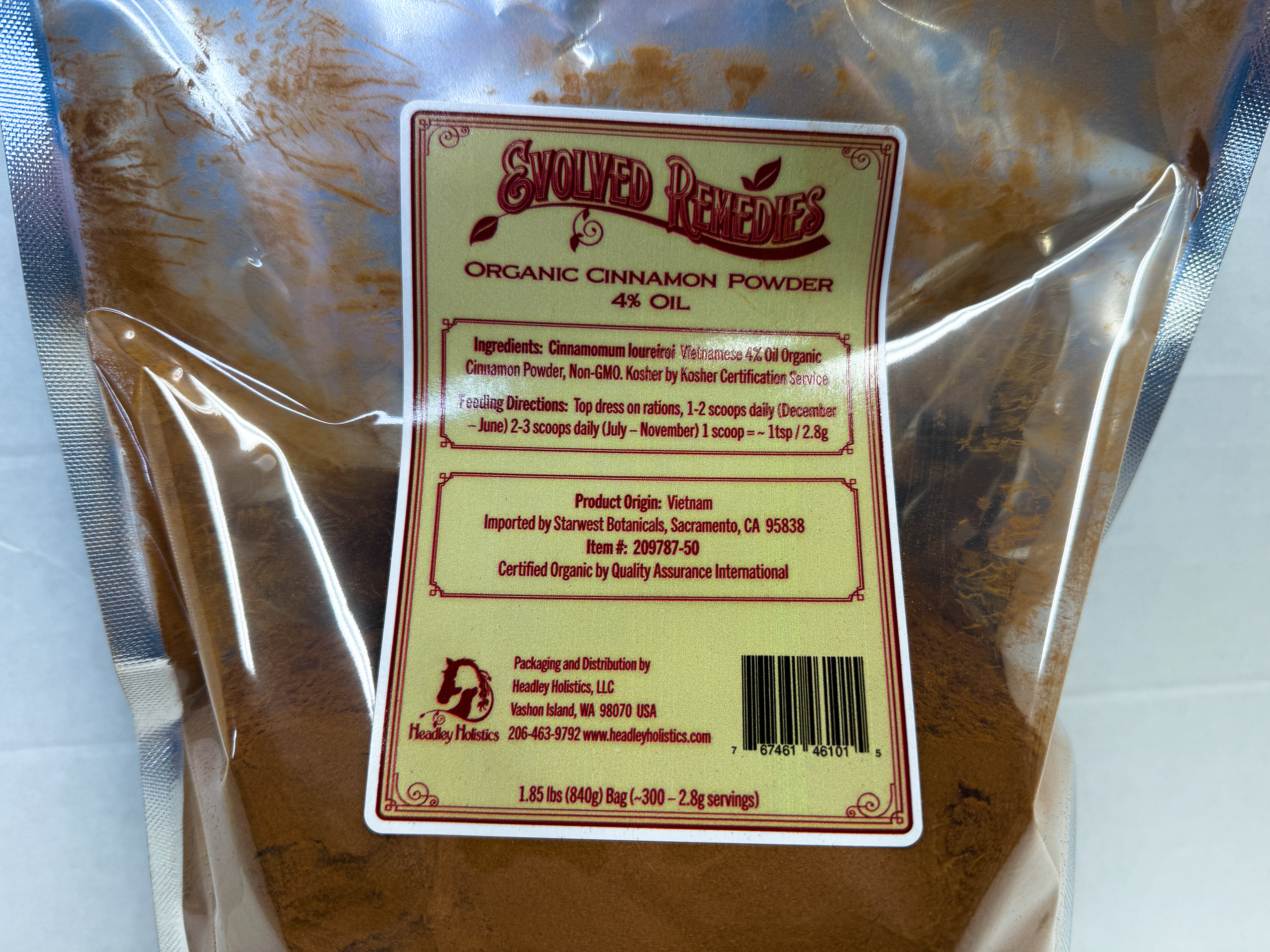
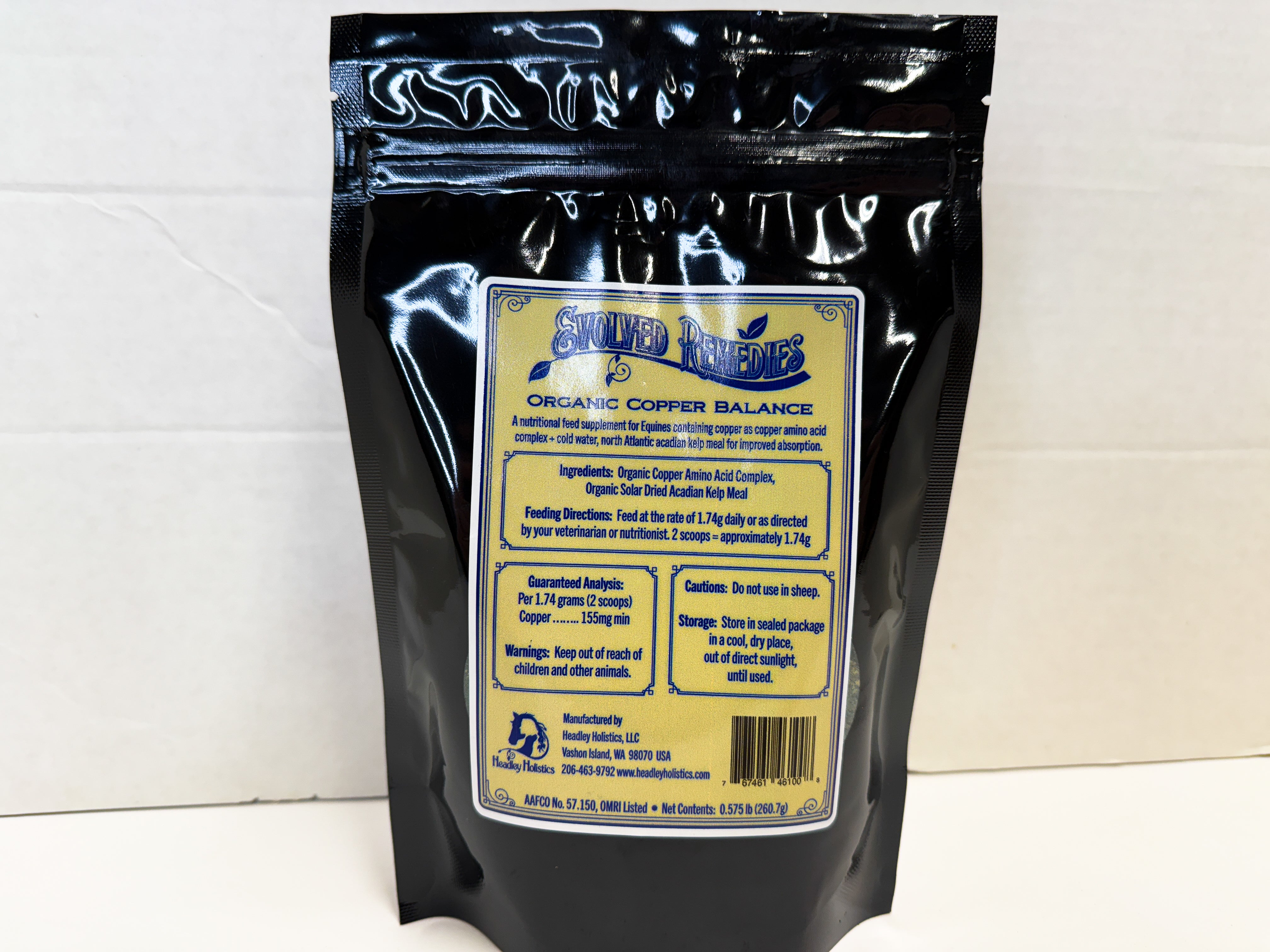
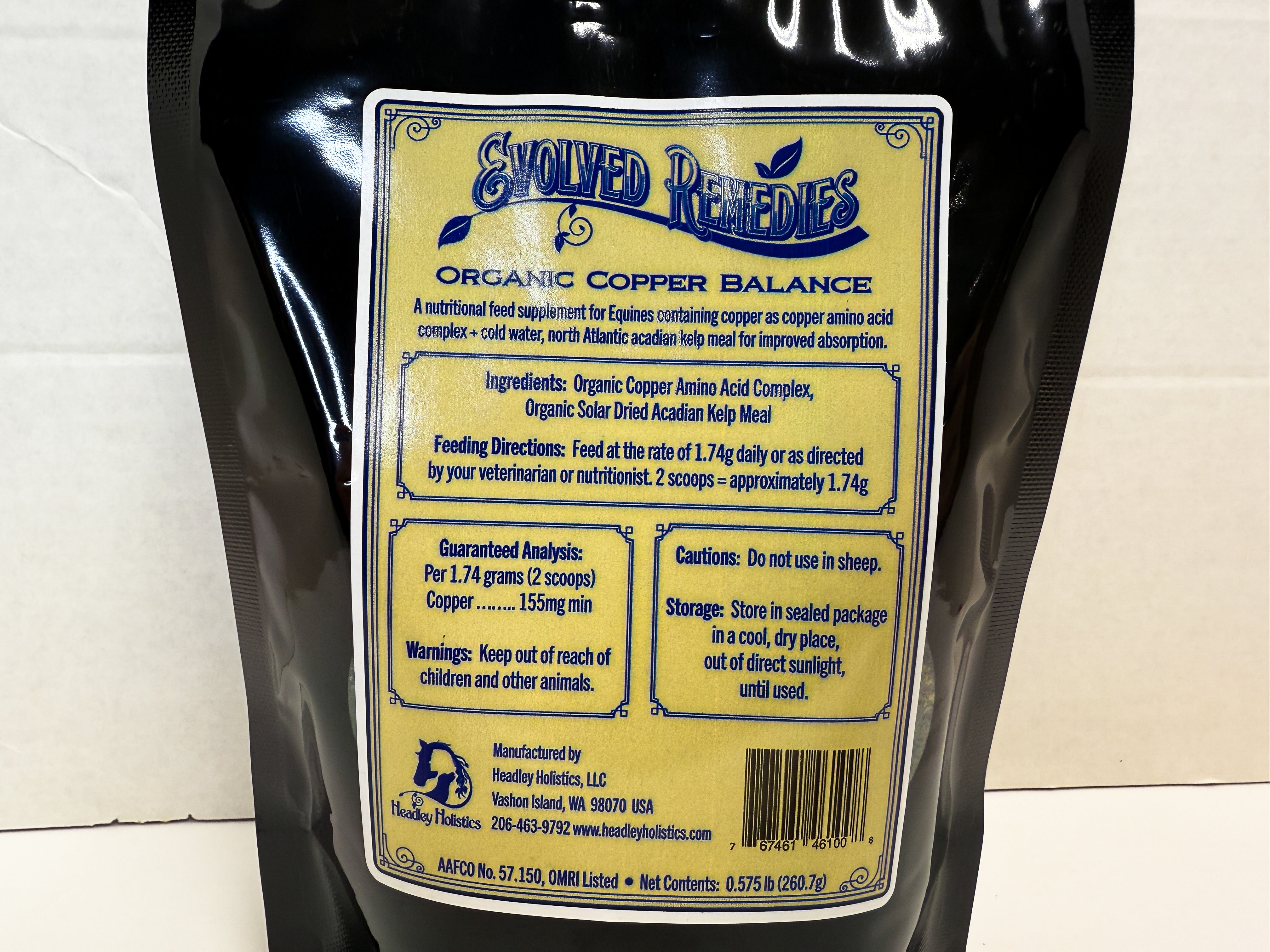
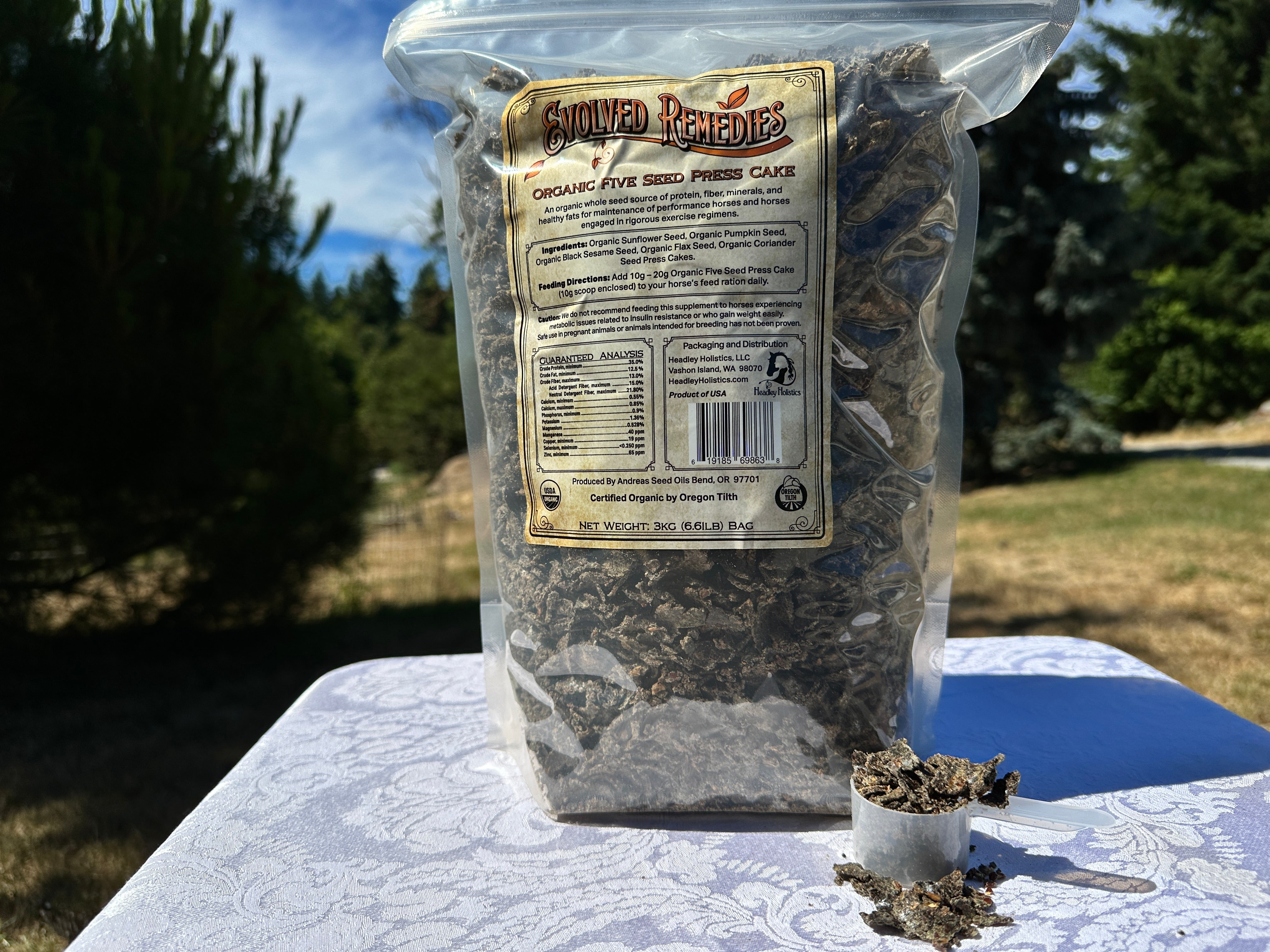
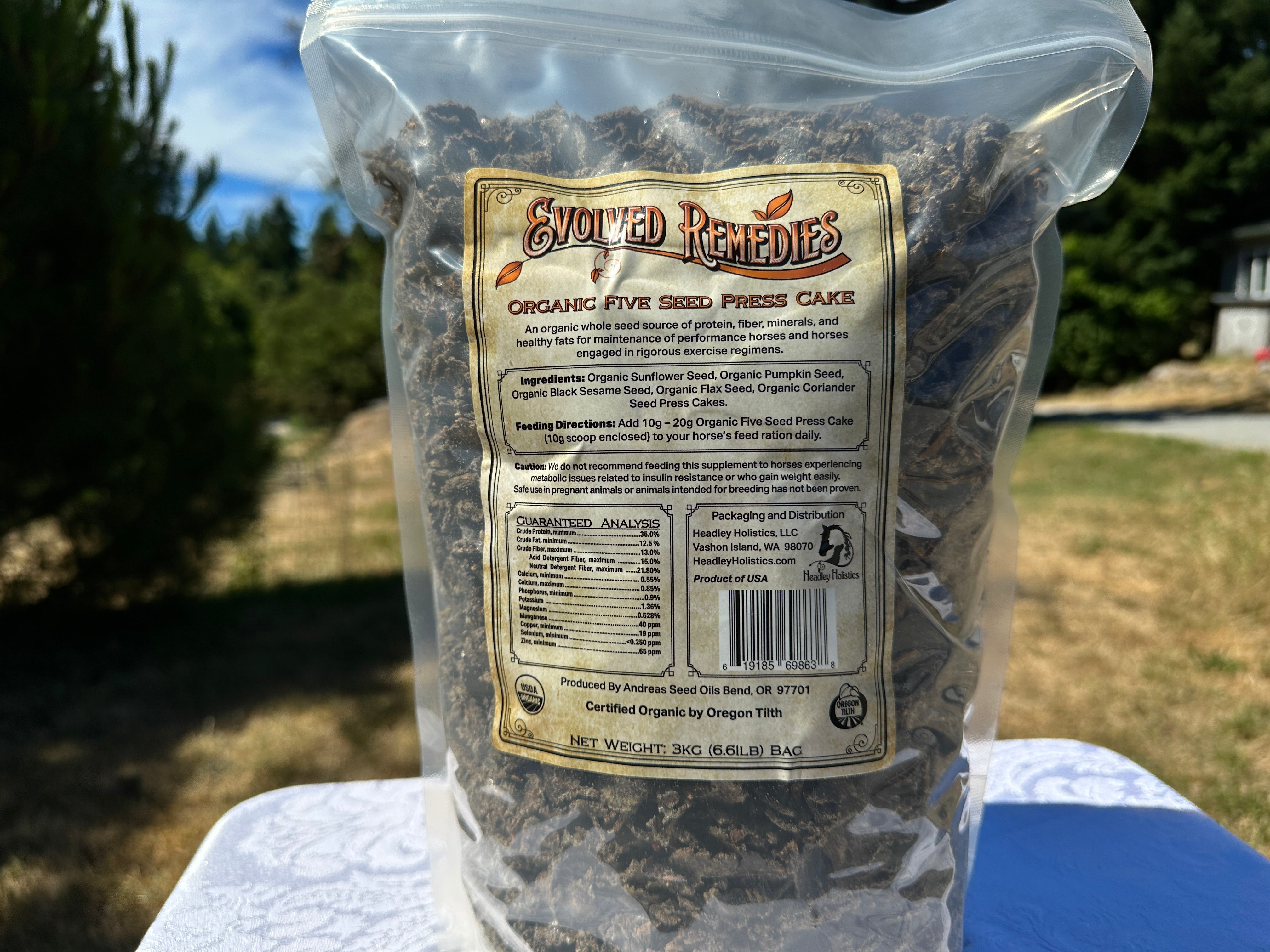
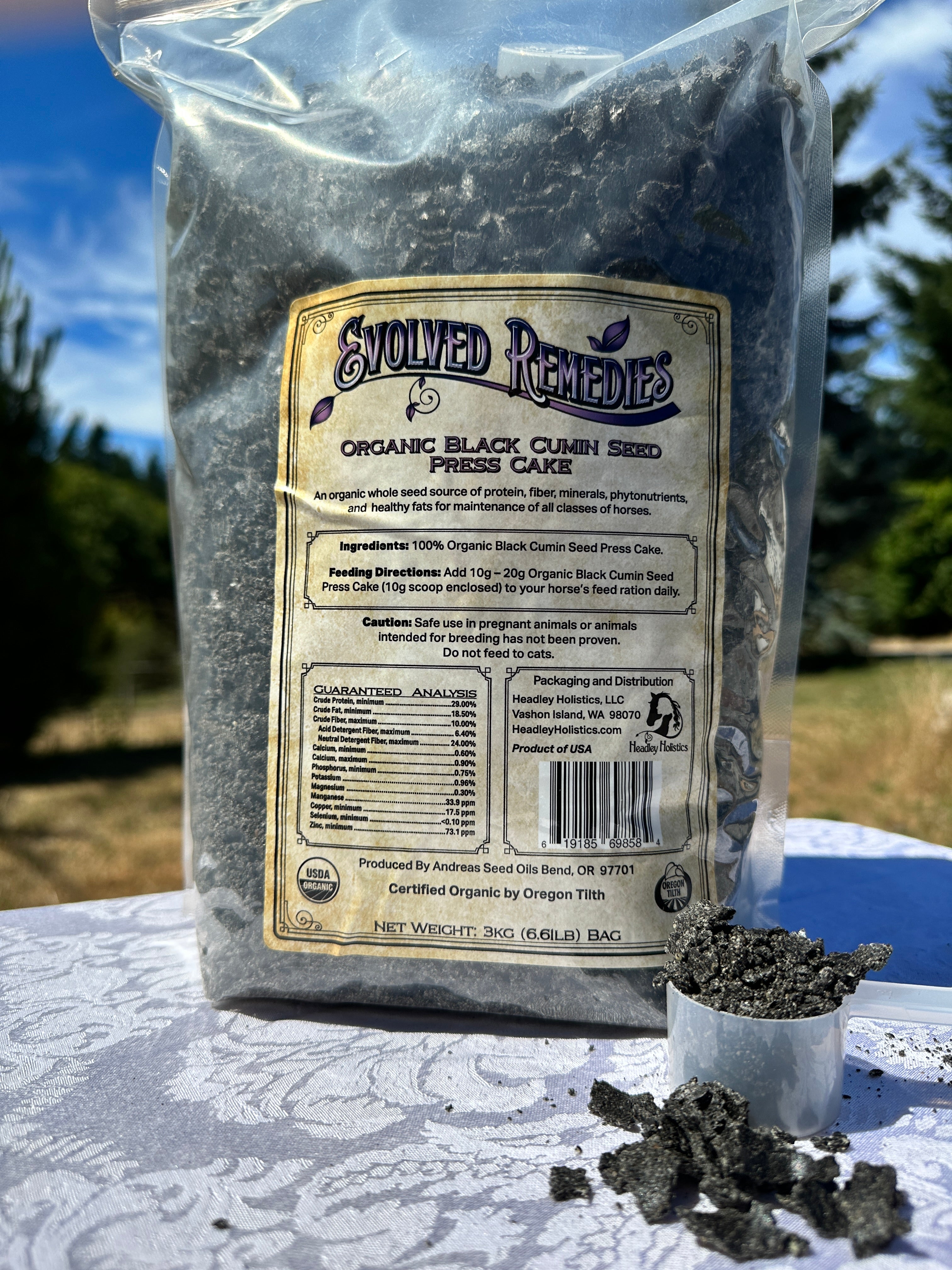
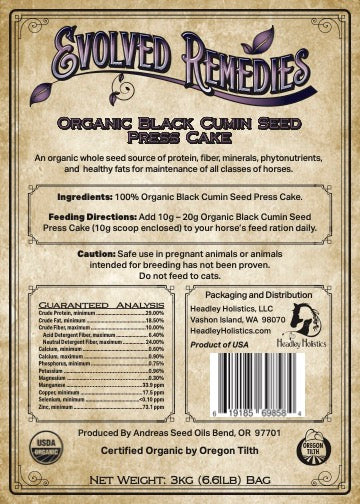
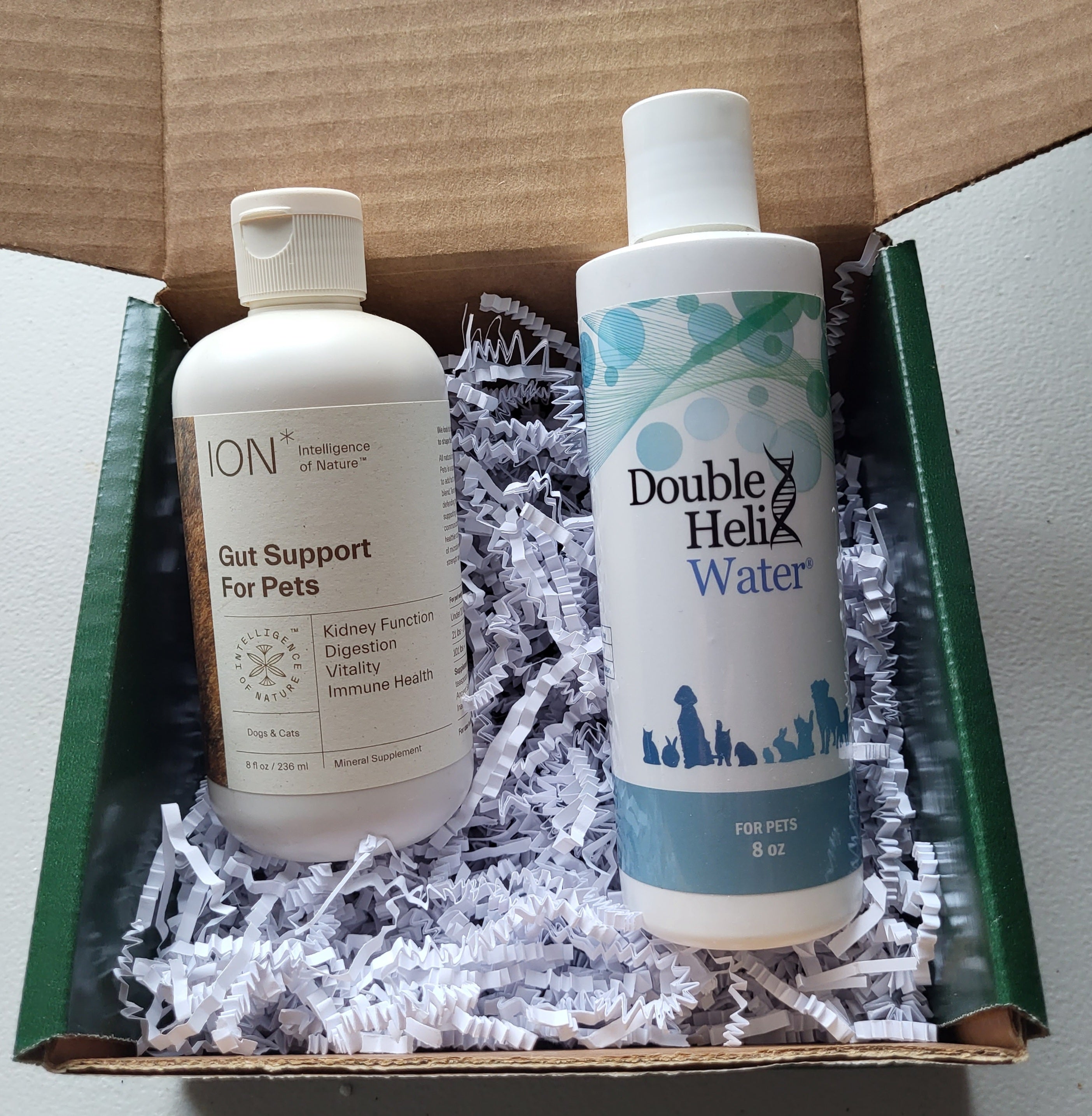
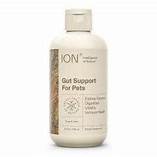
Leave a comment
This site is protected by hCaptcha and the hCaptcha Privacy Policy and Terms of Service apply.